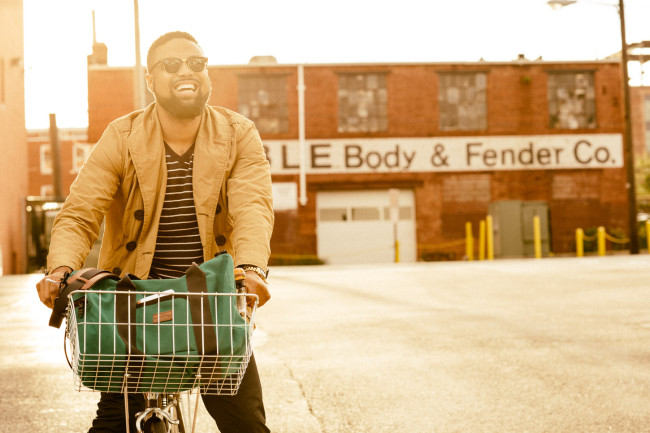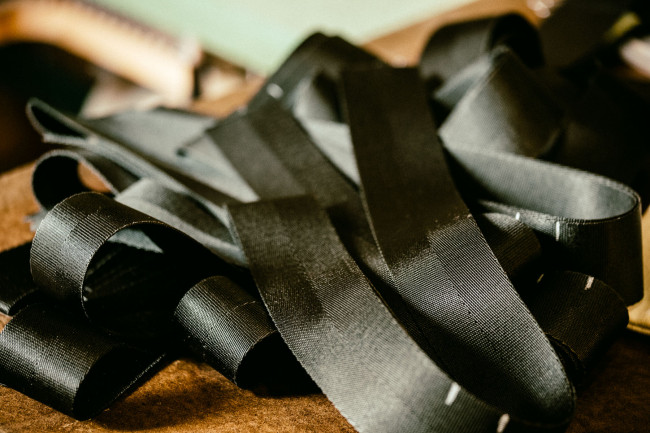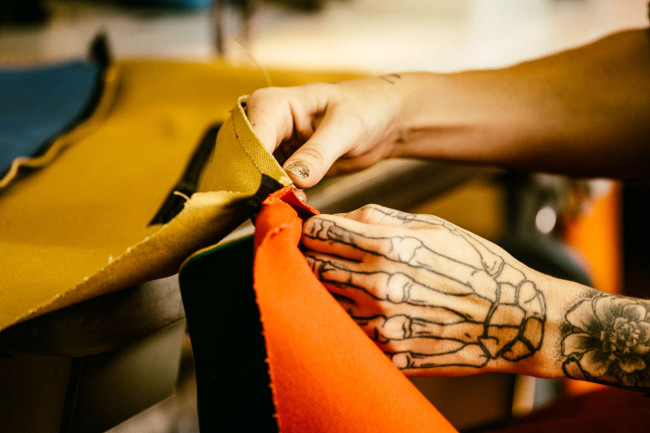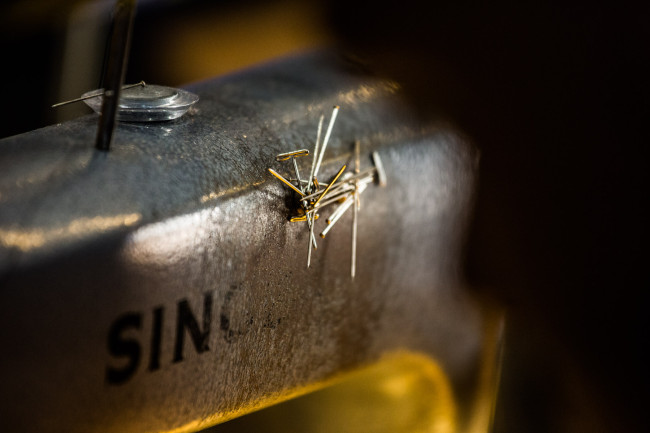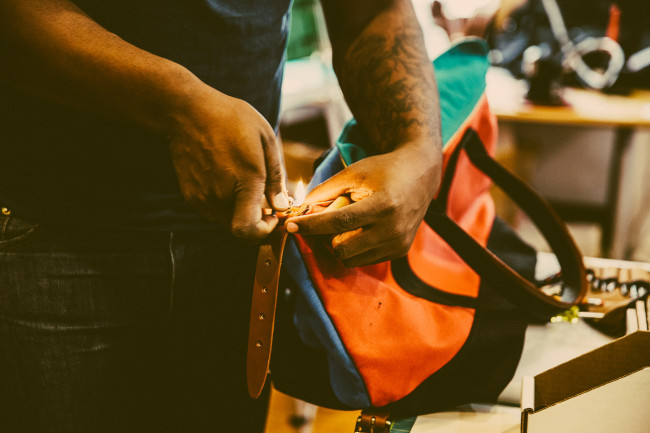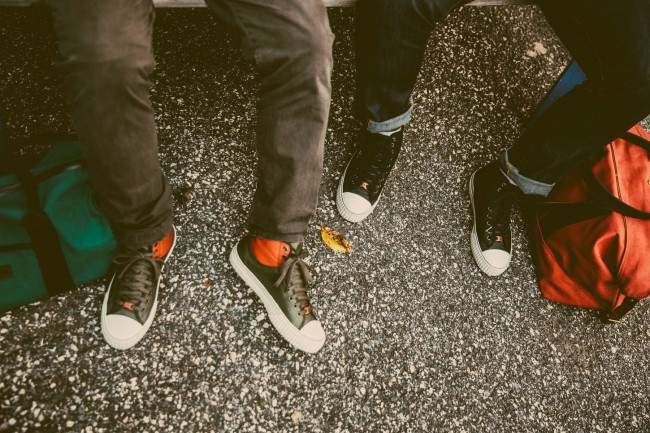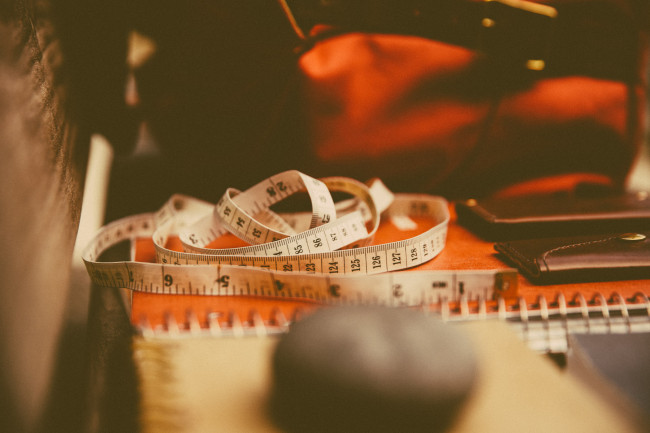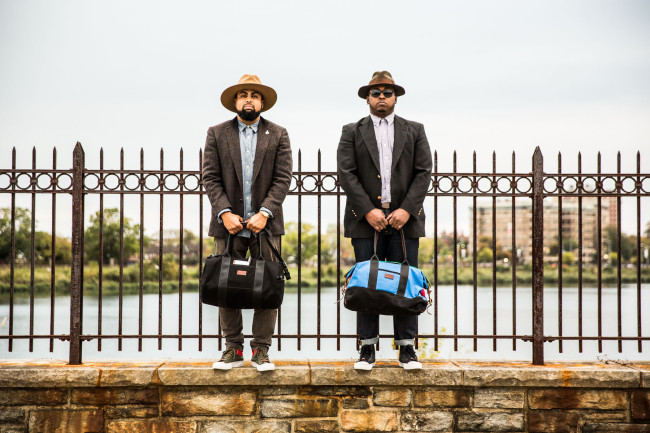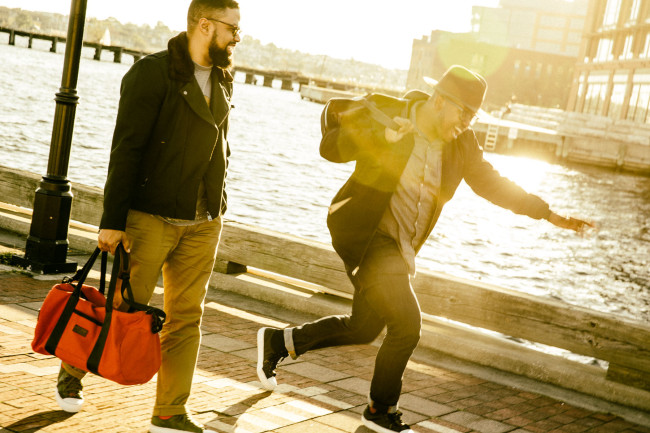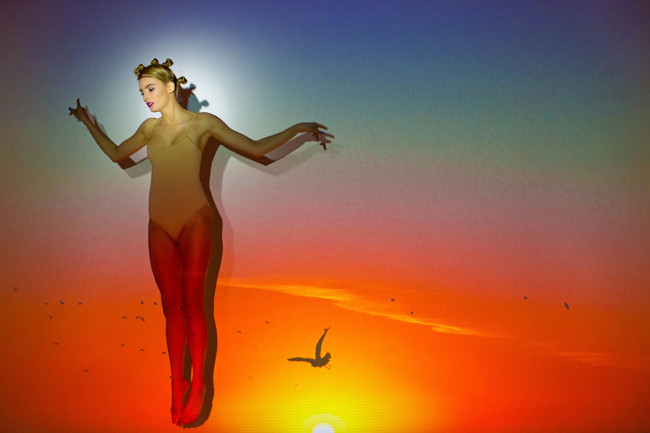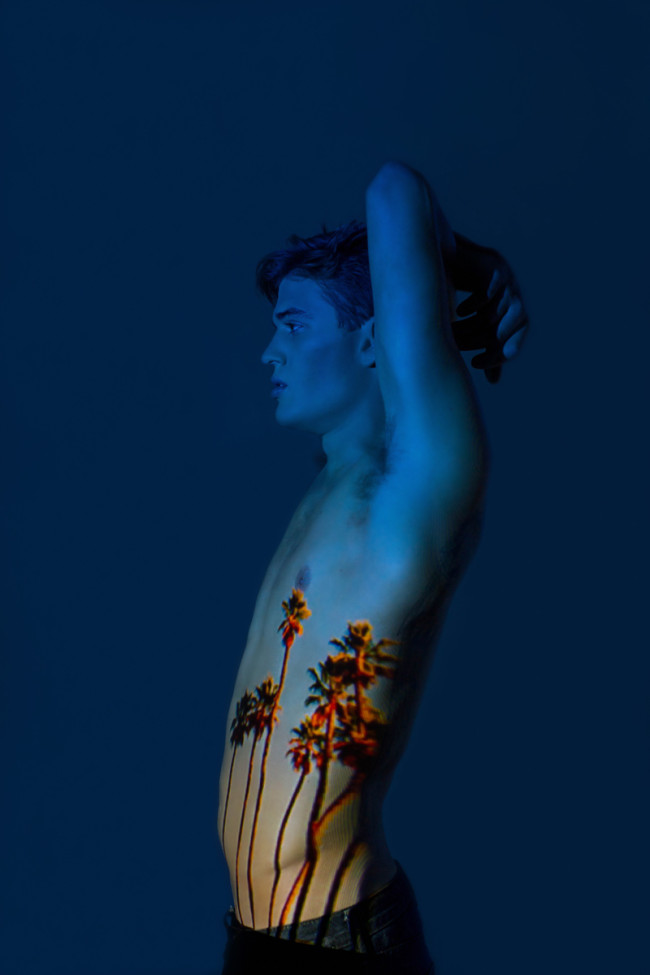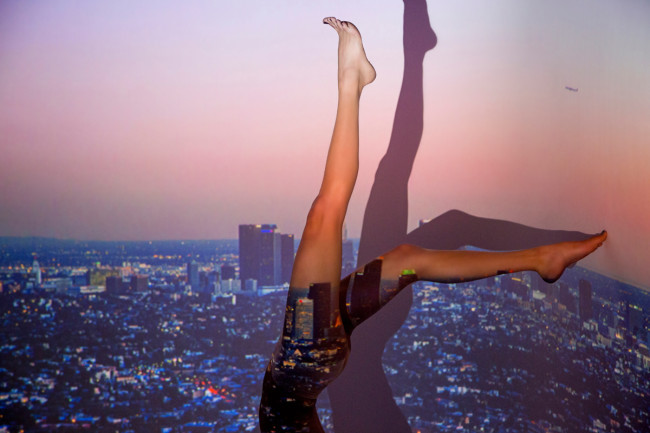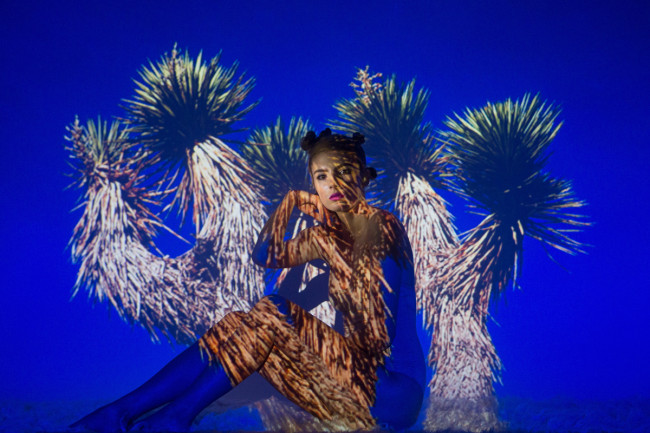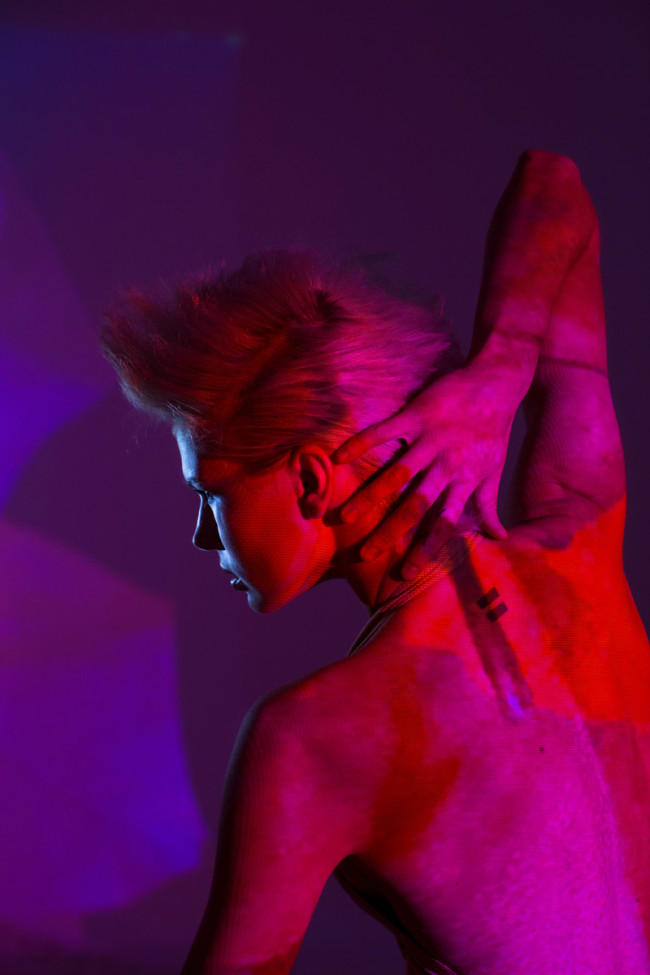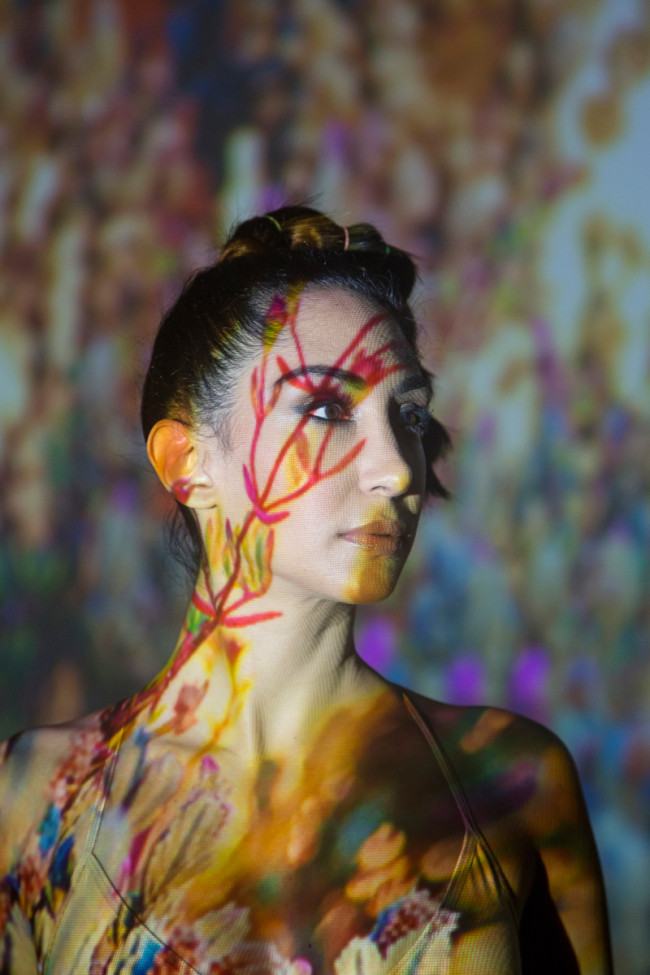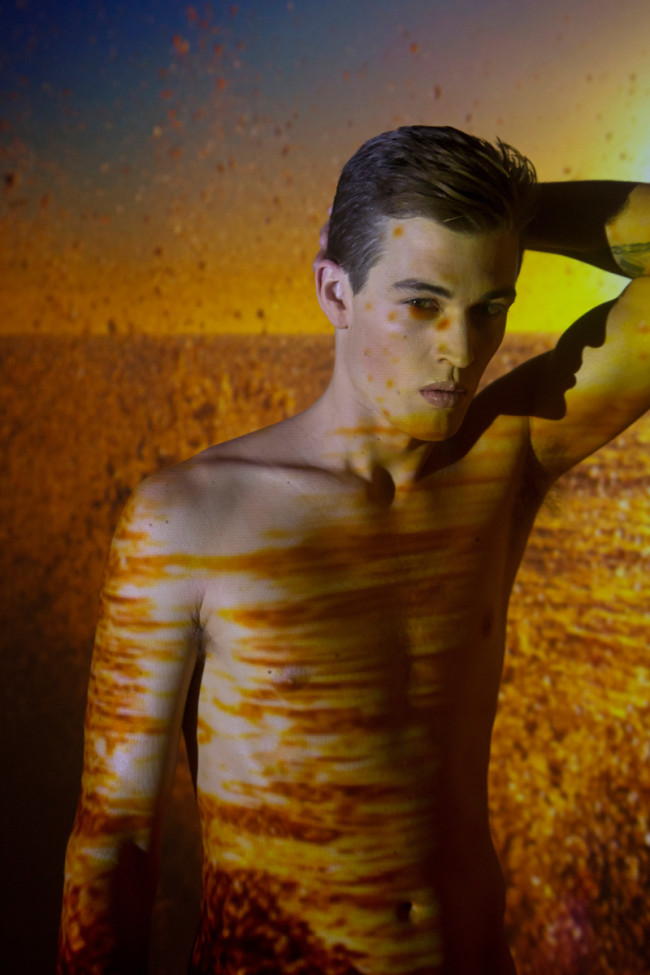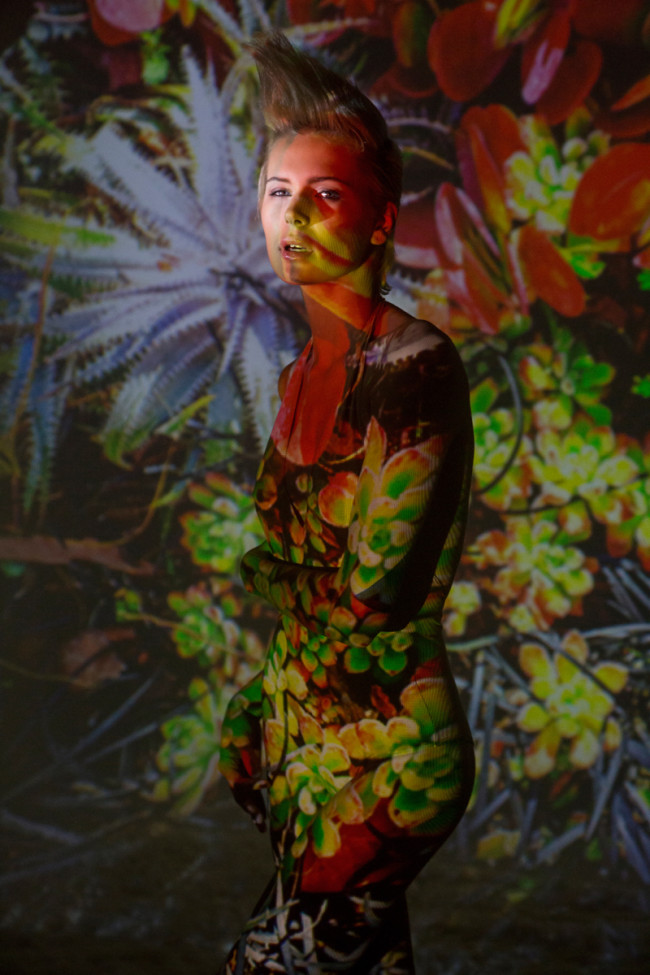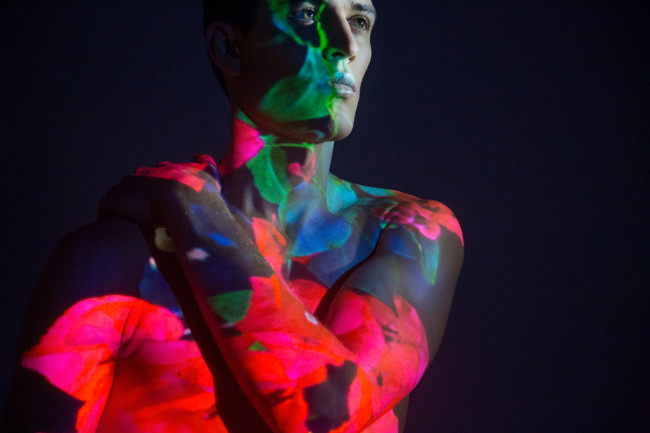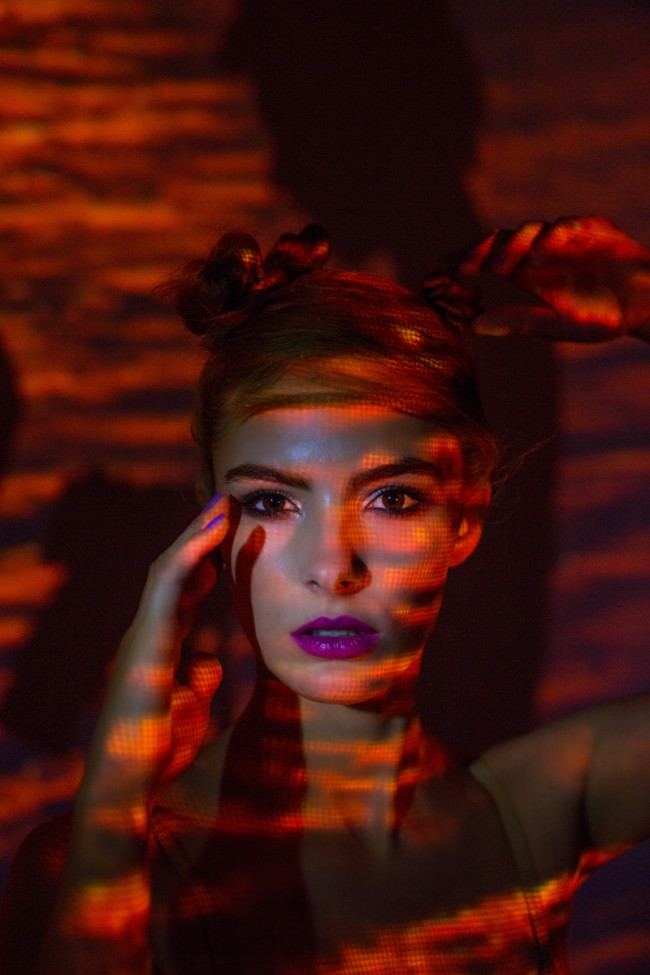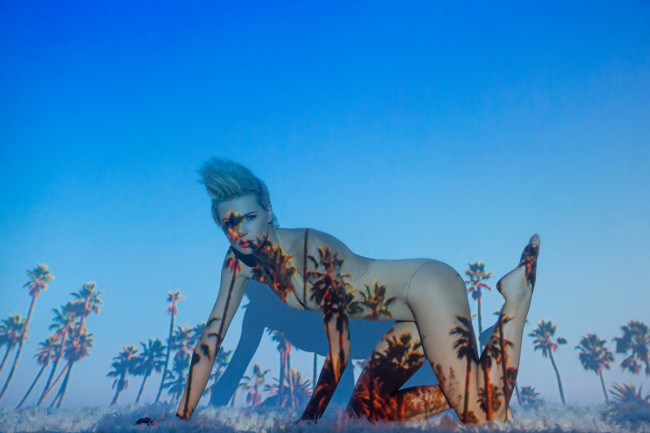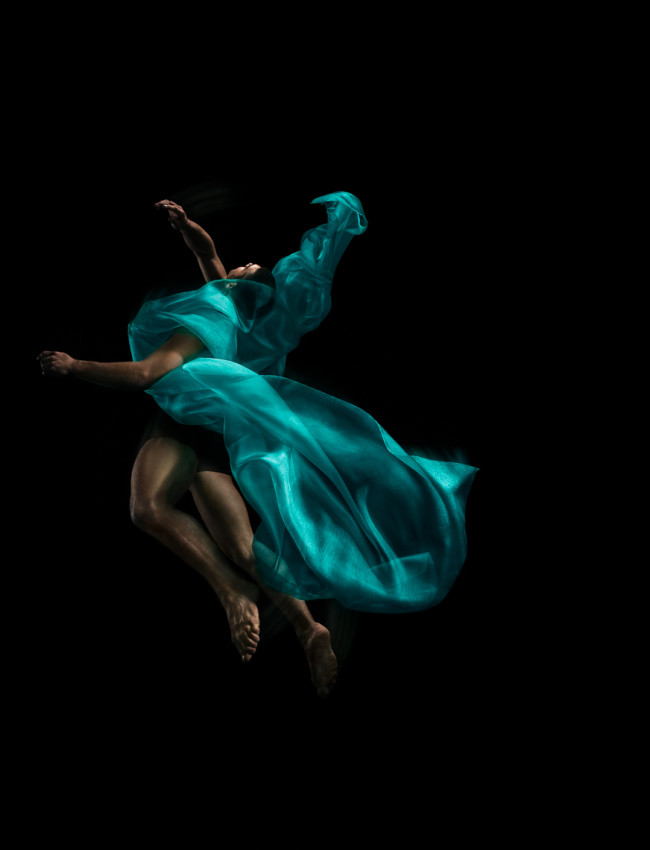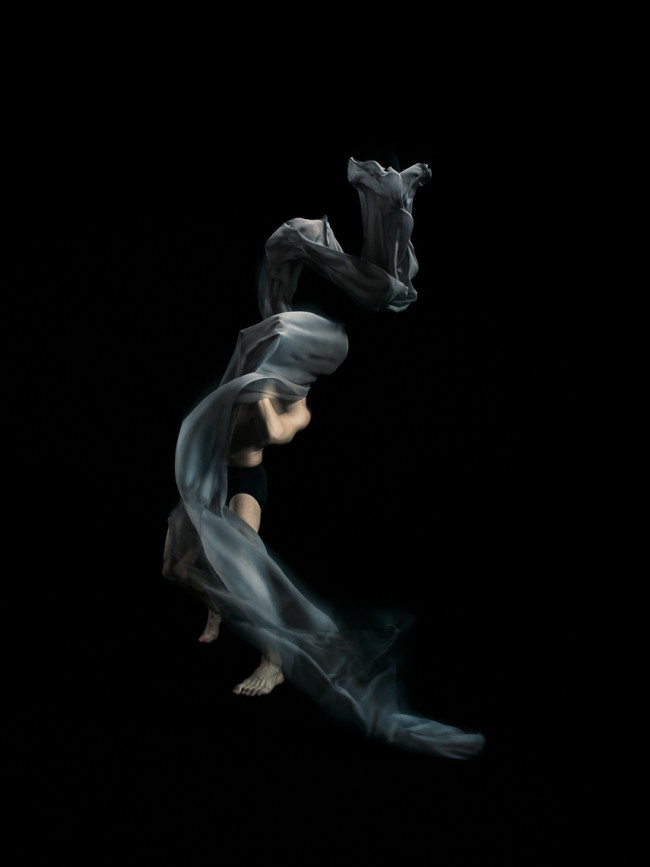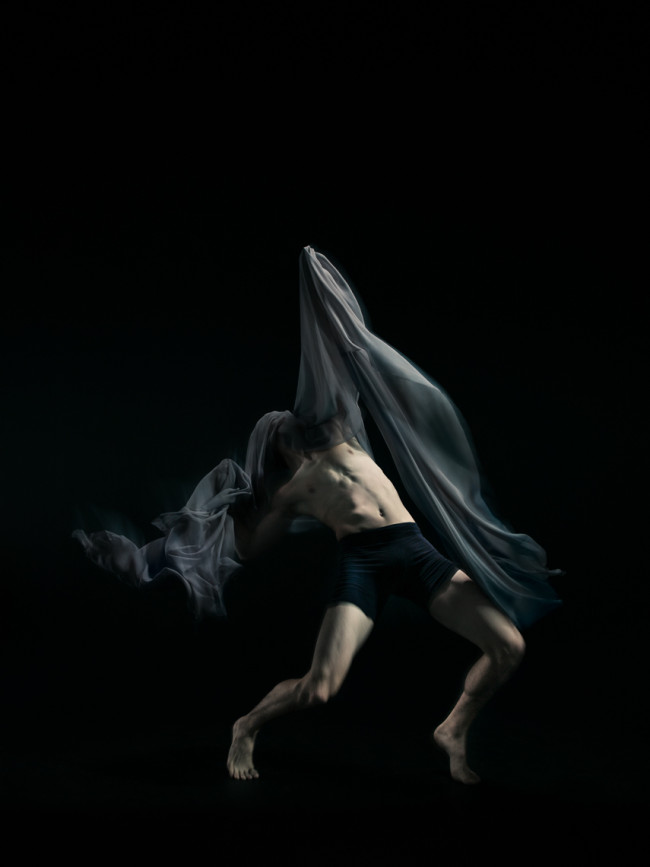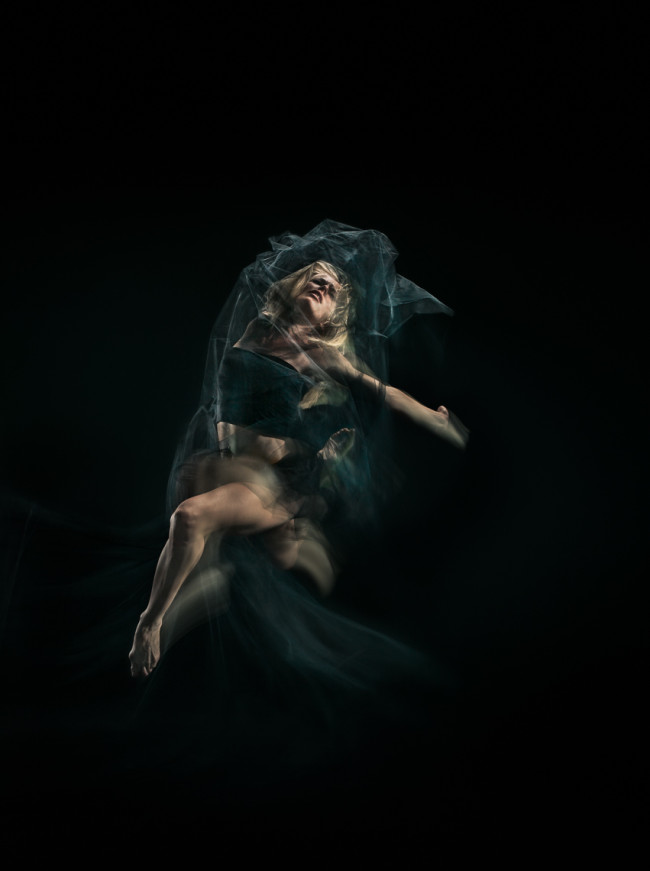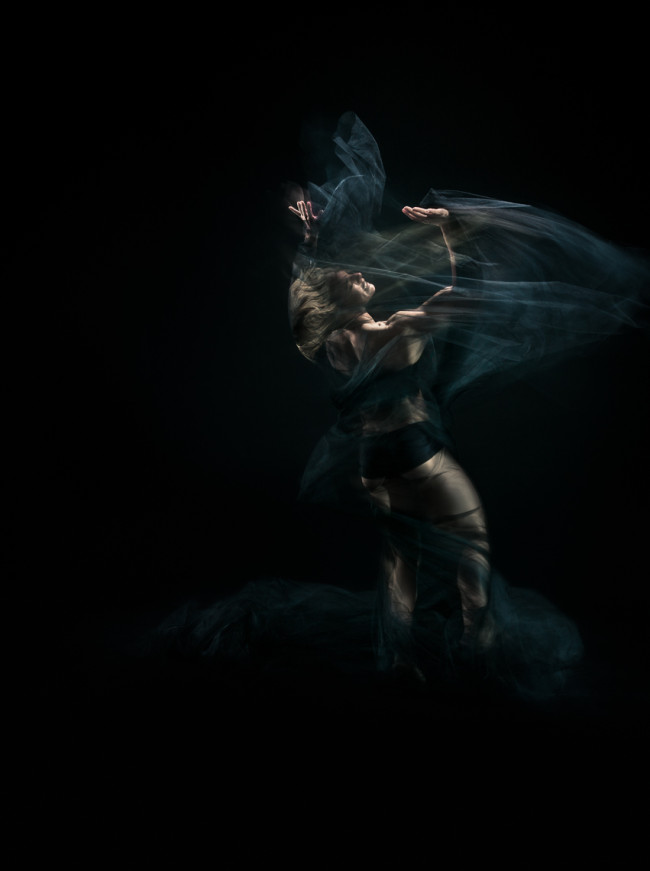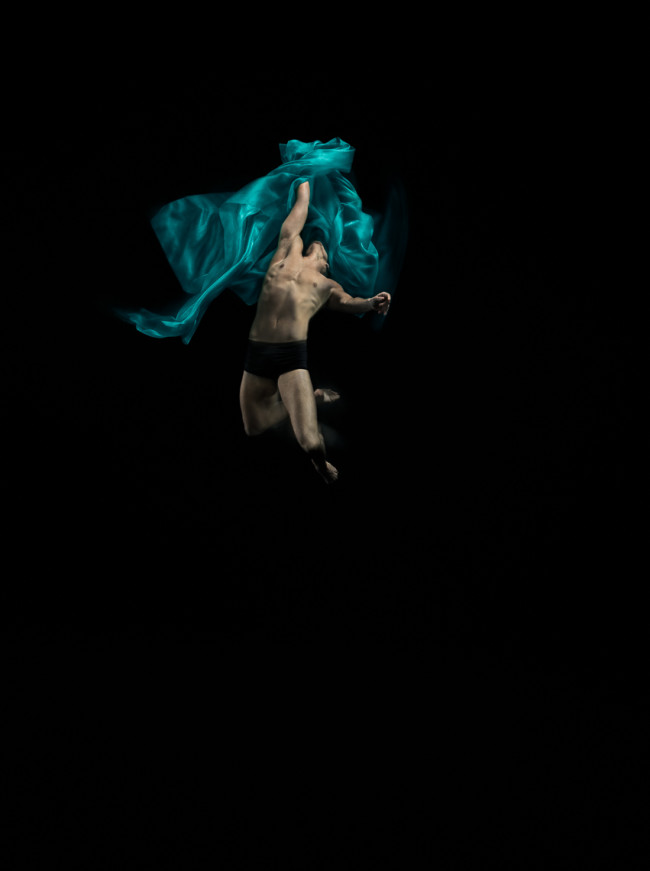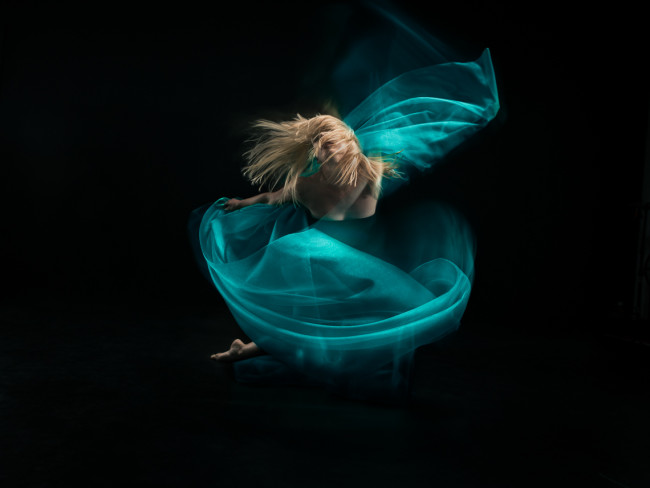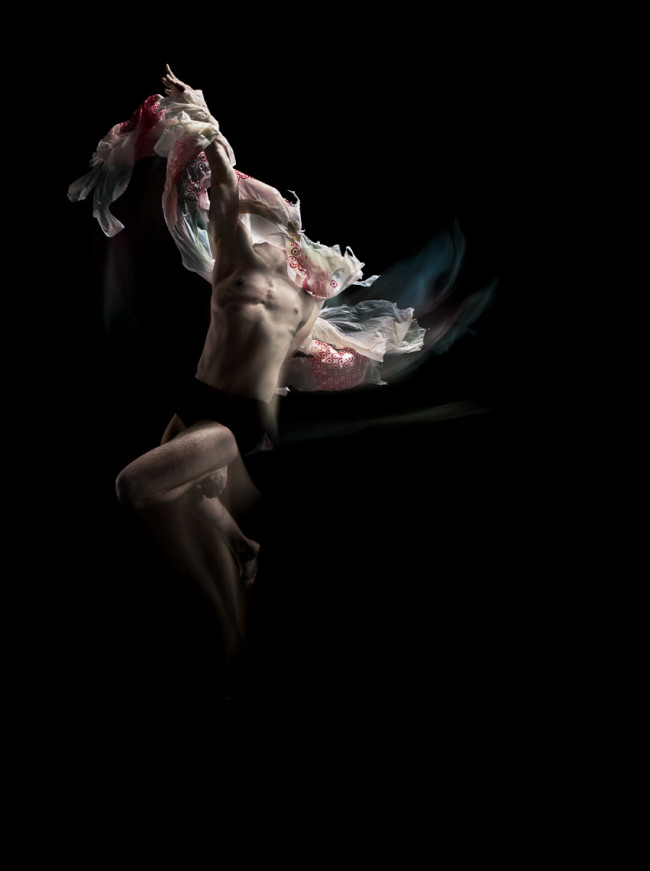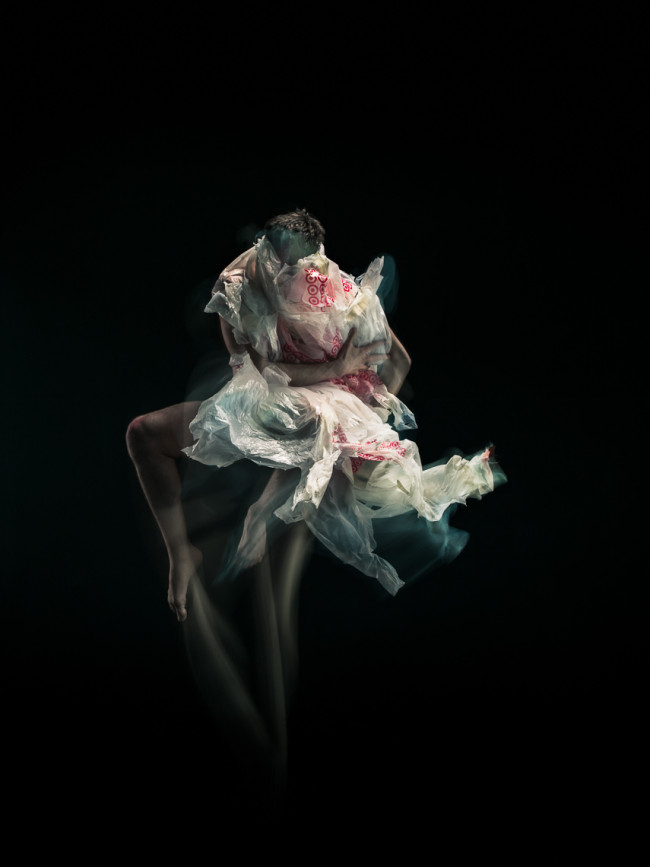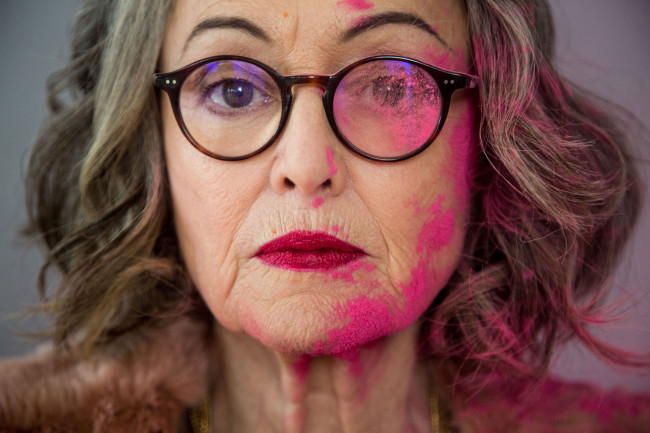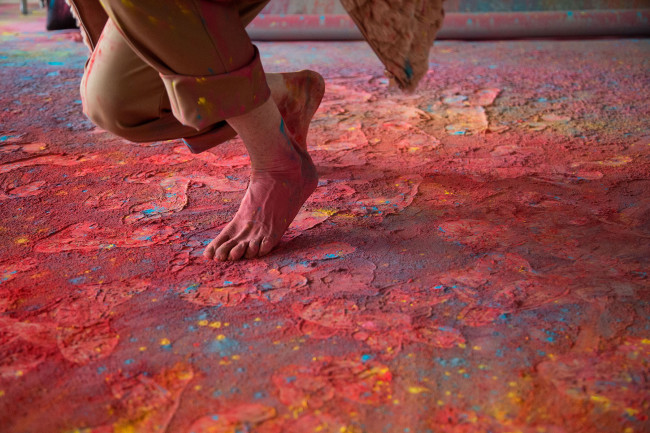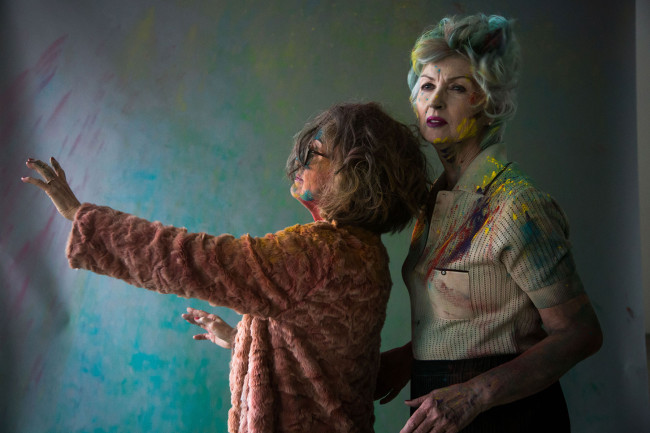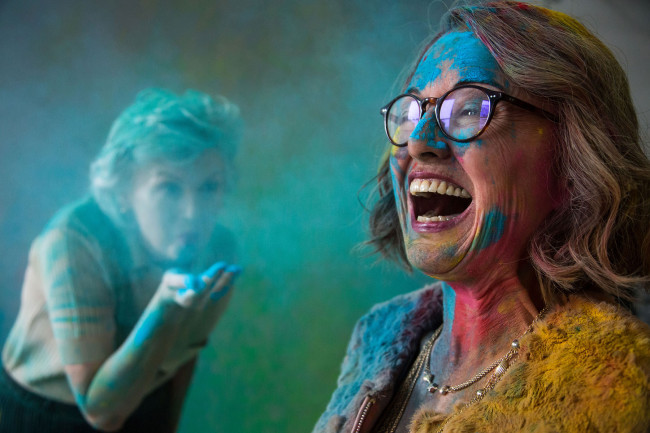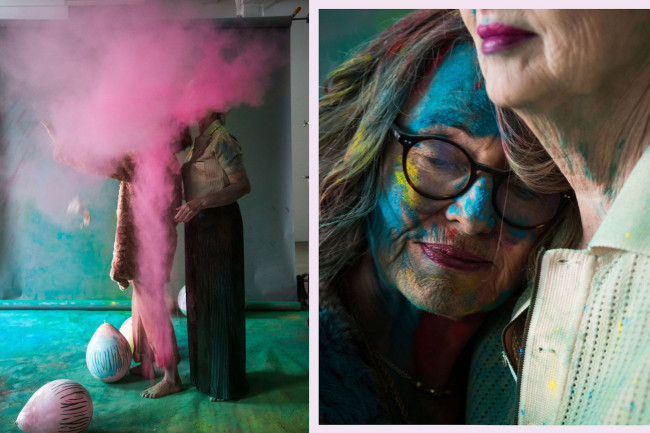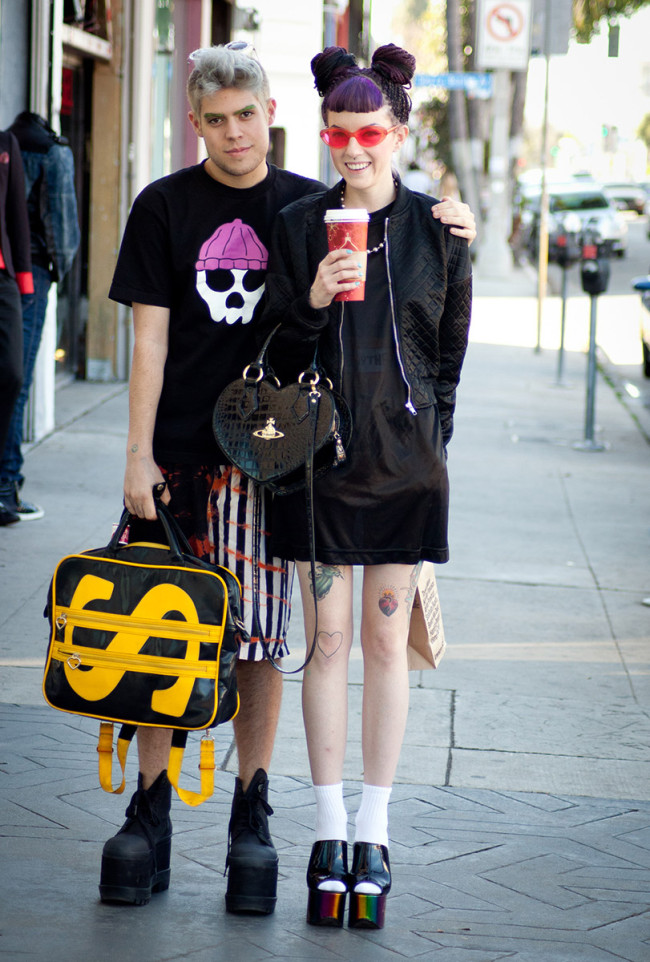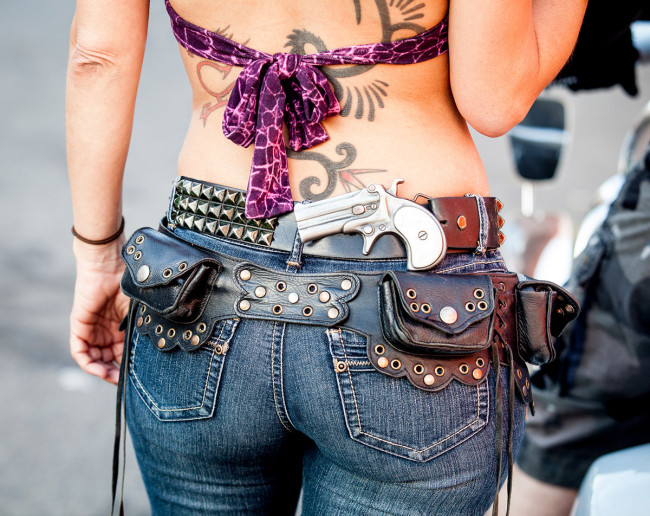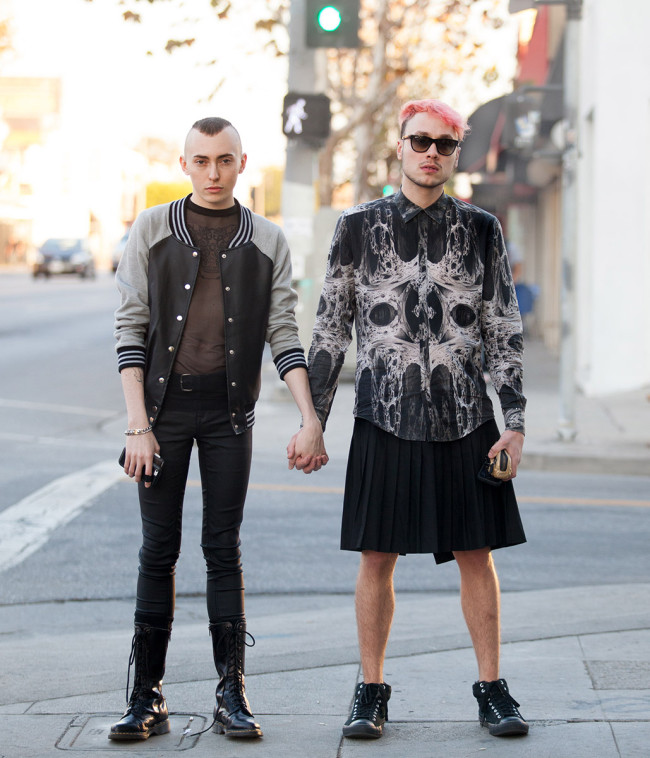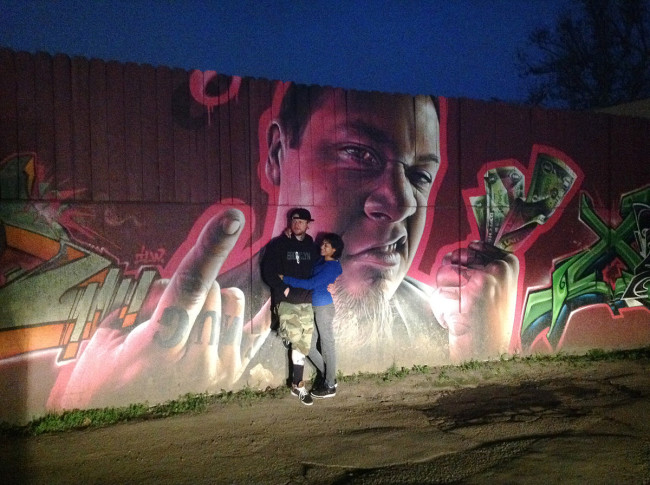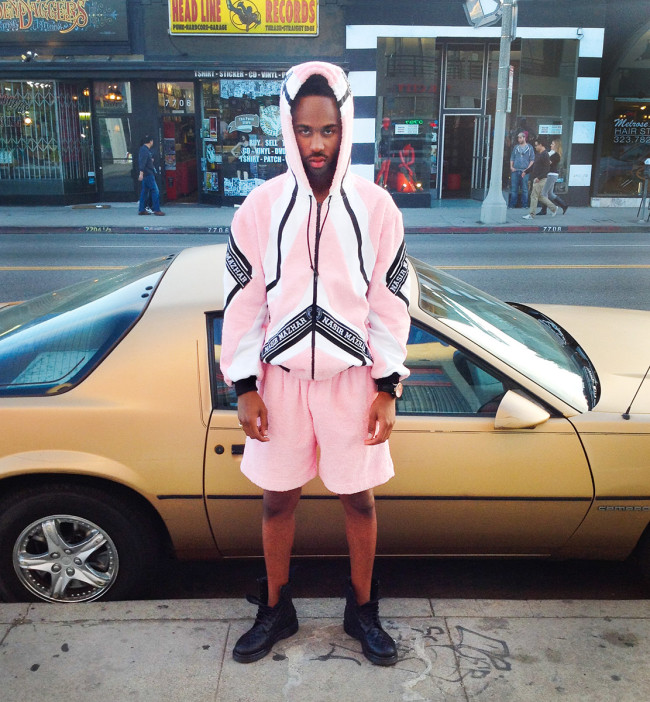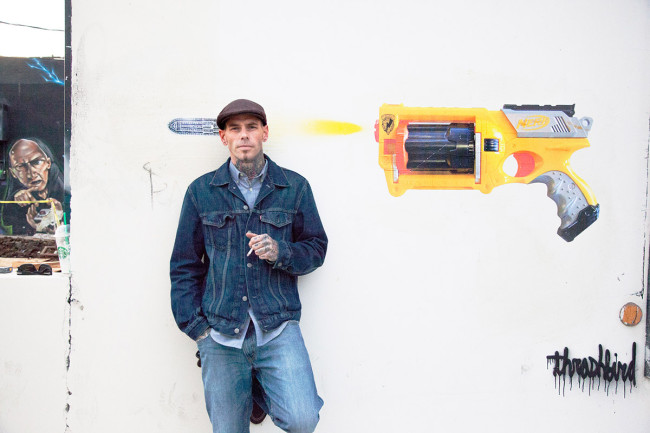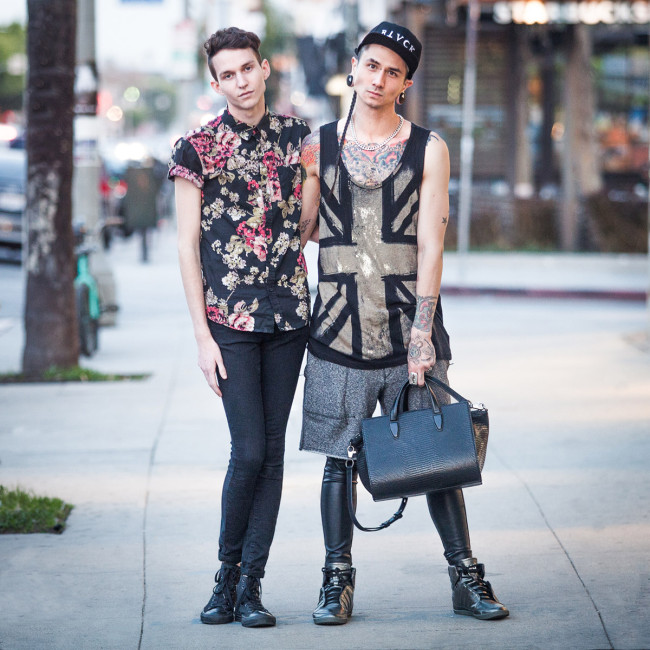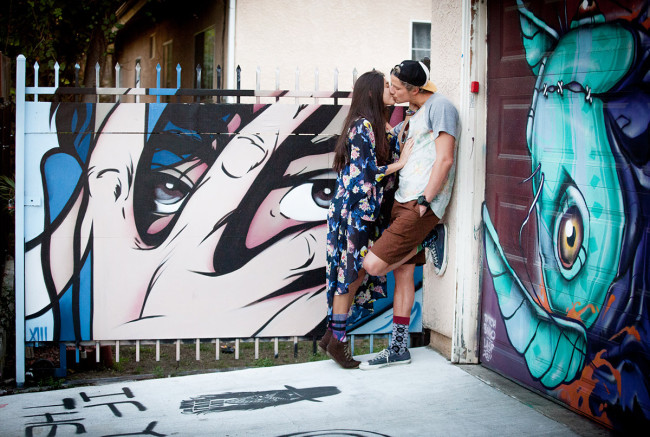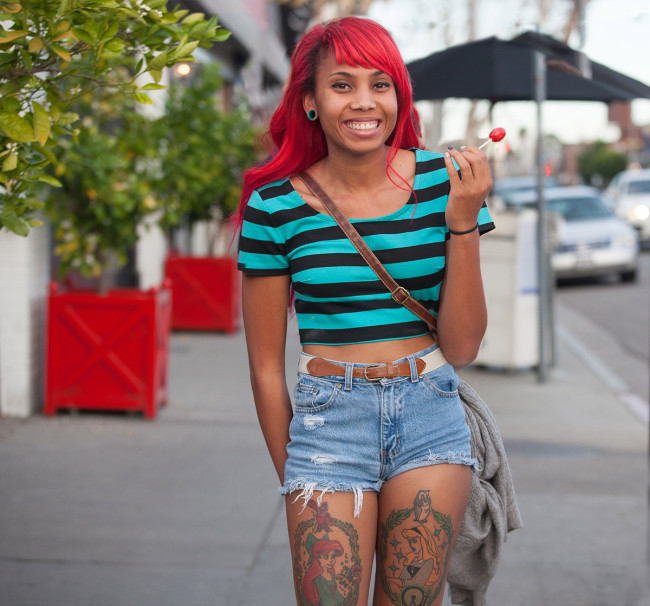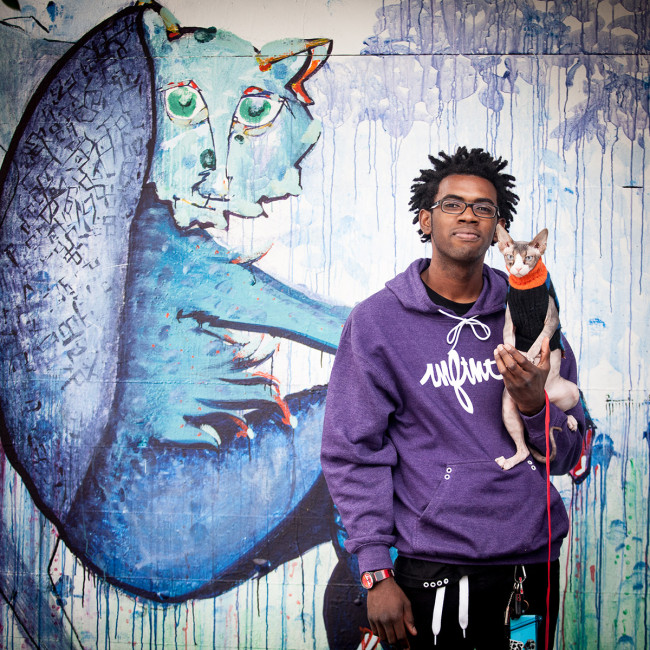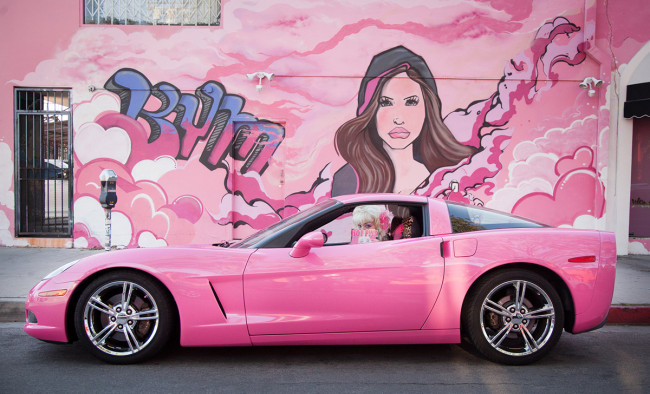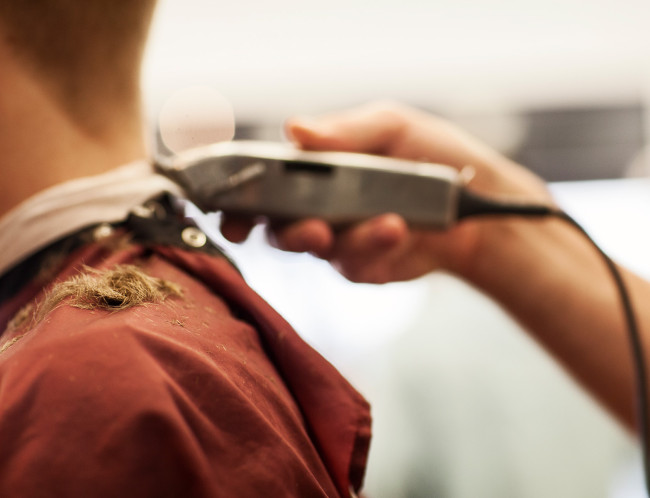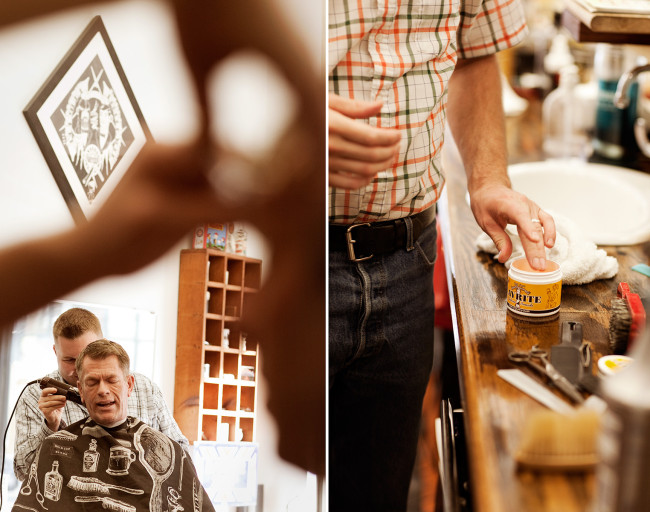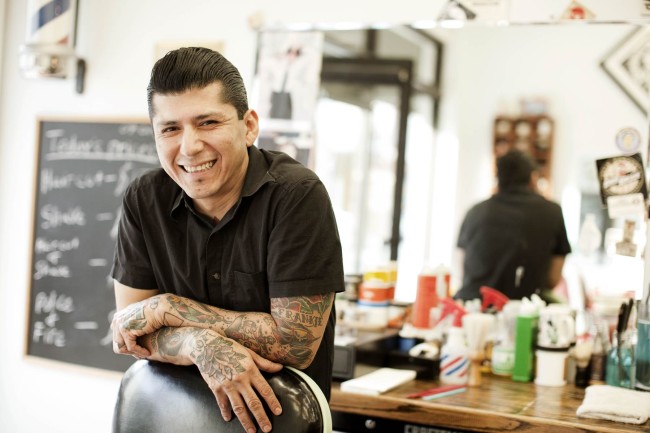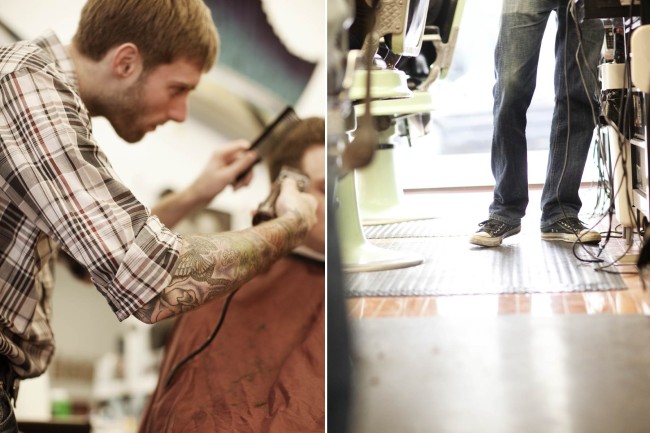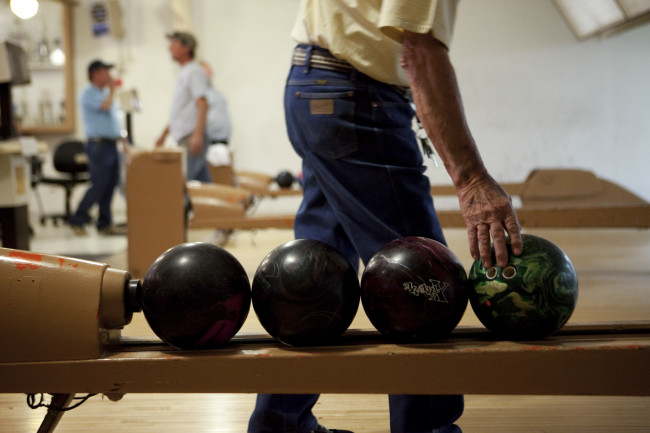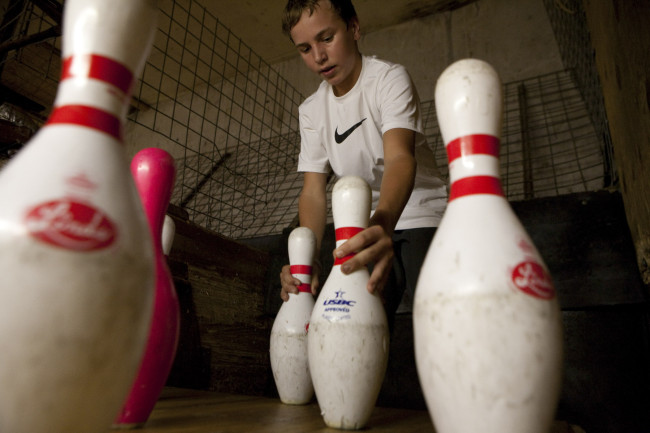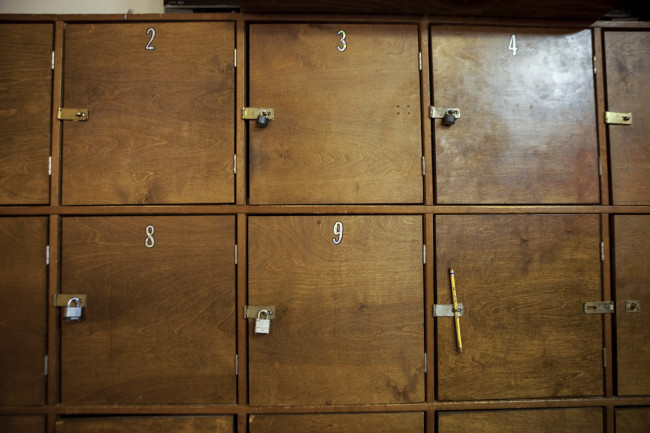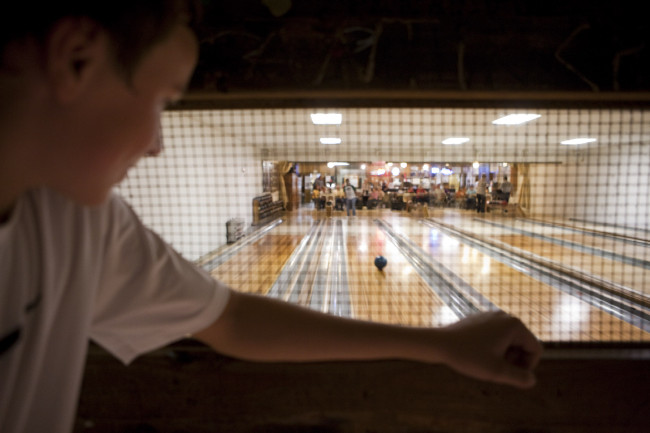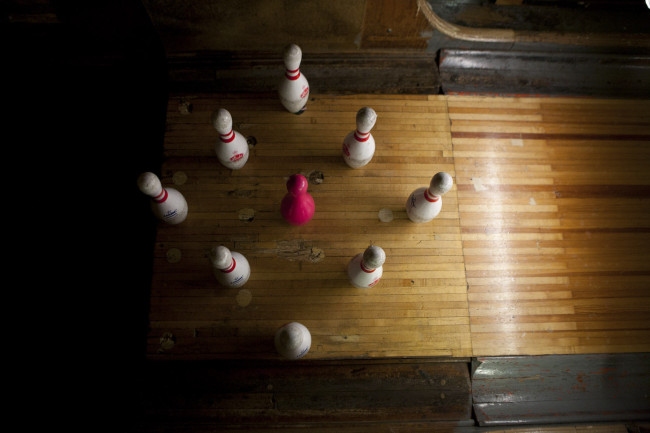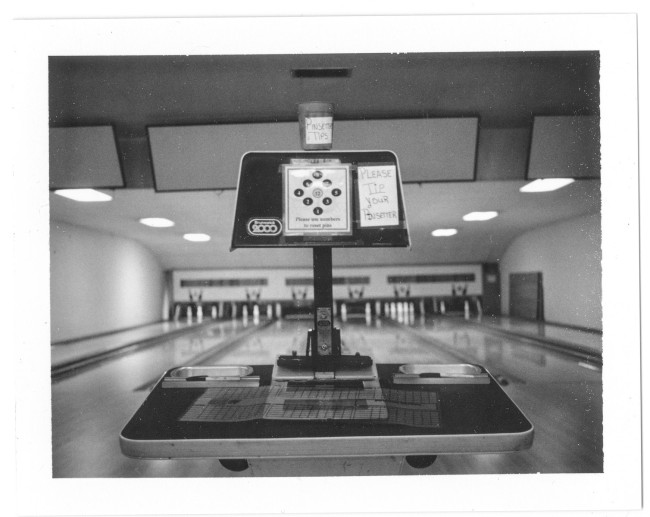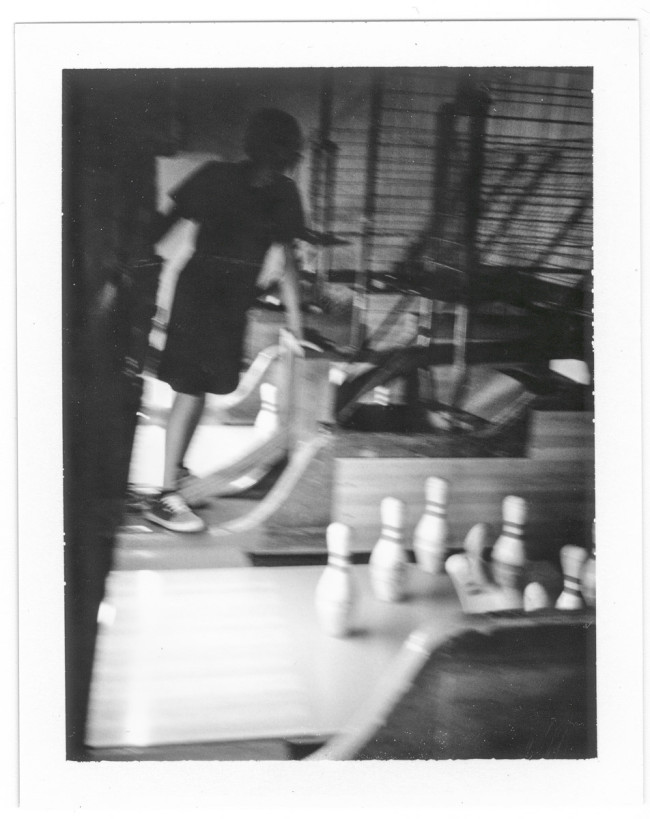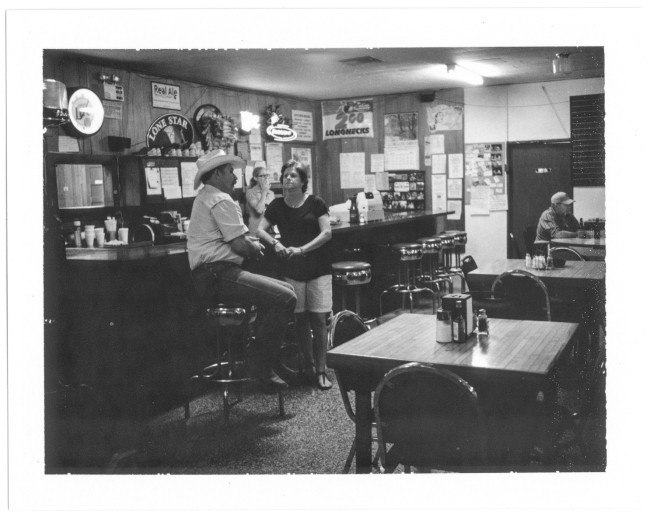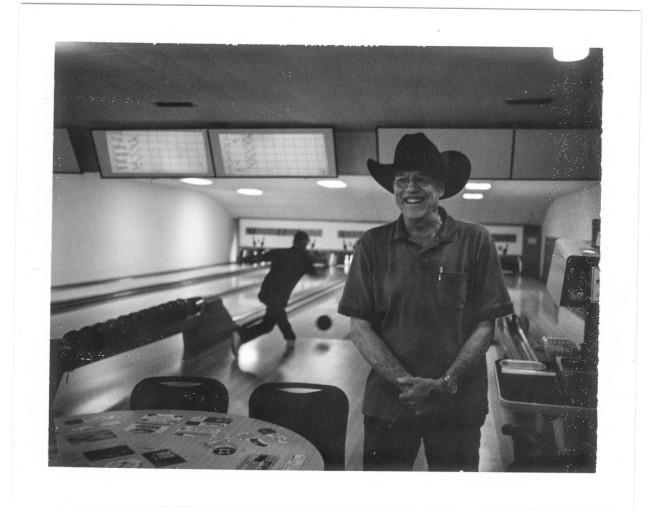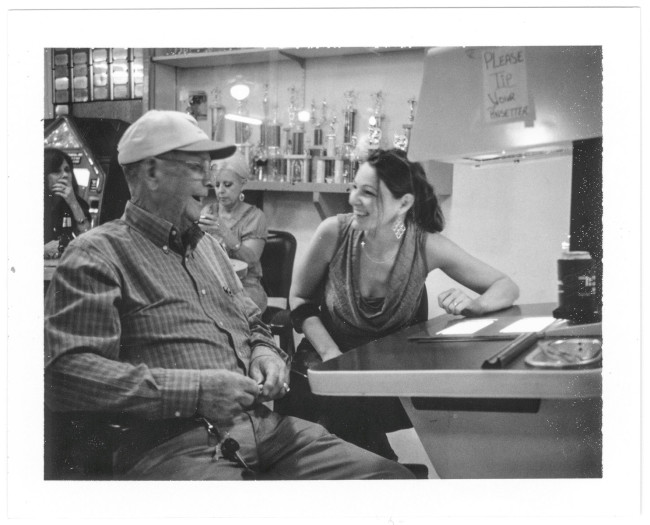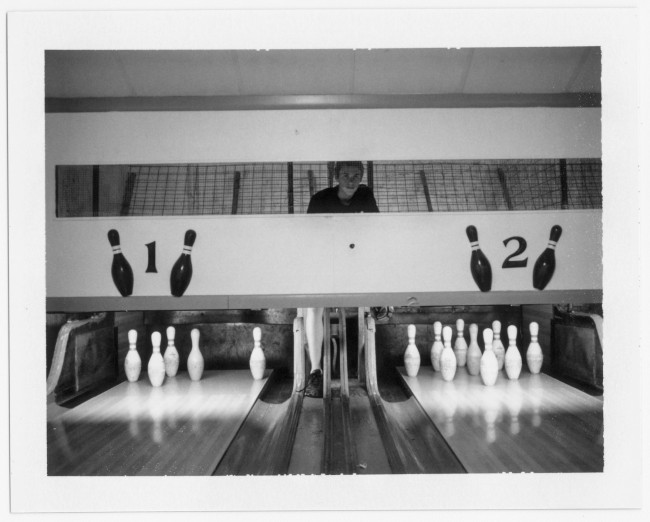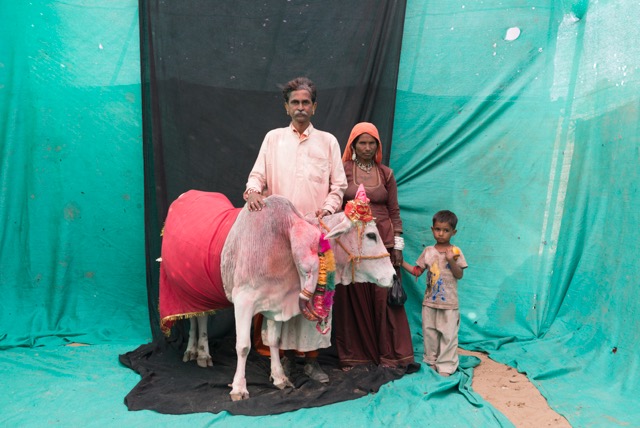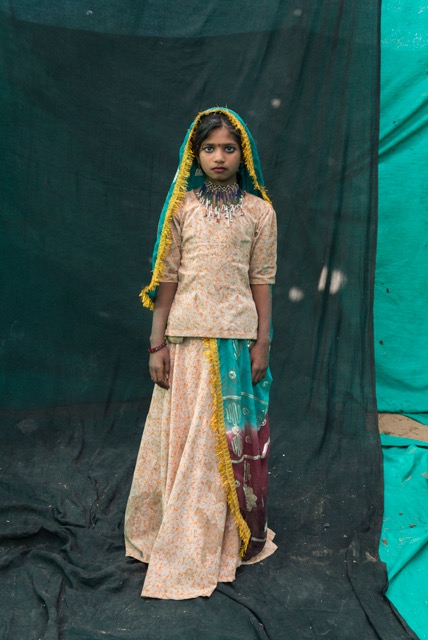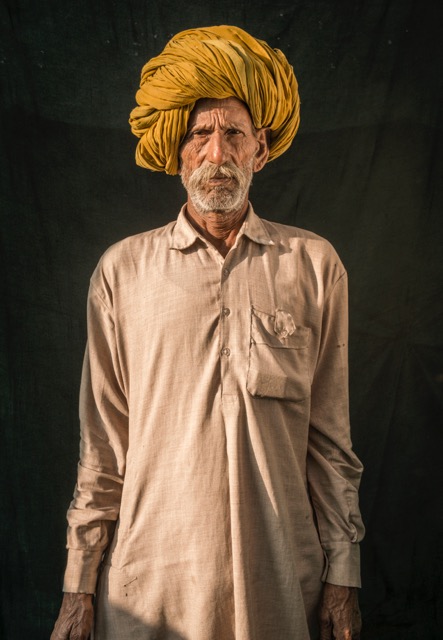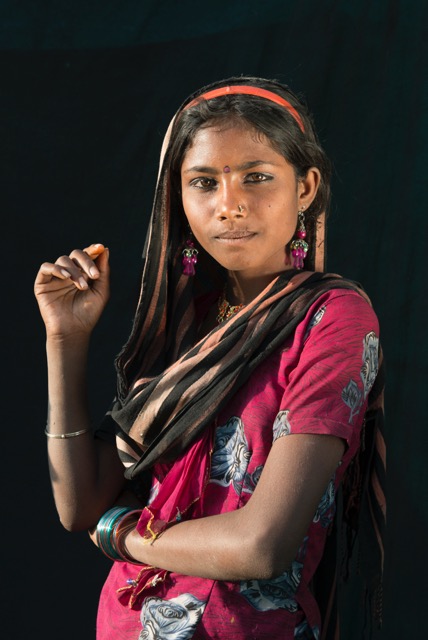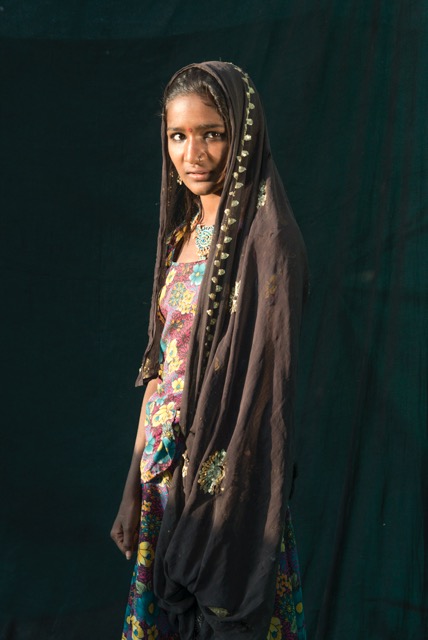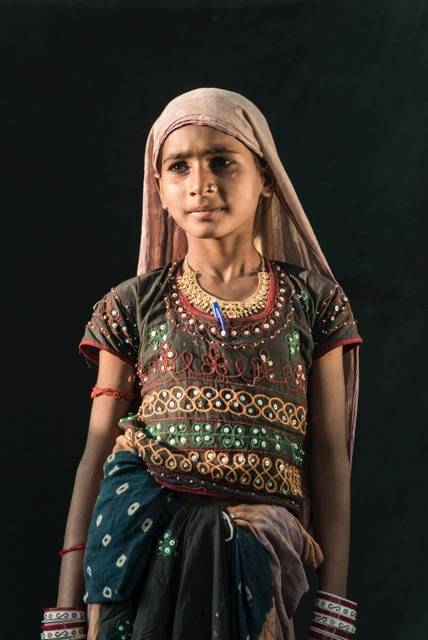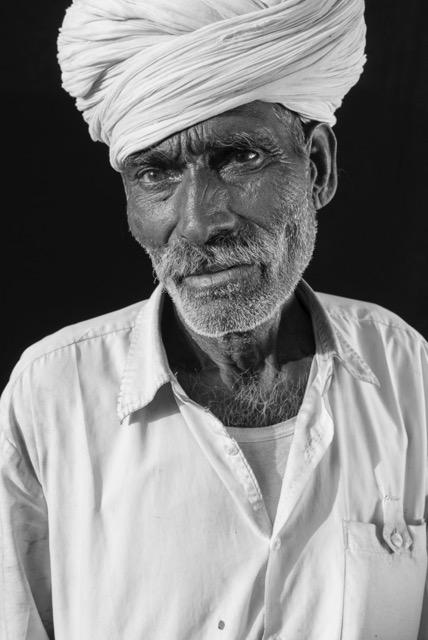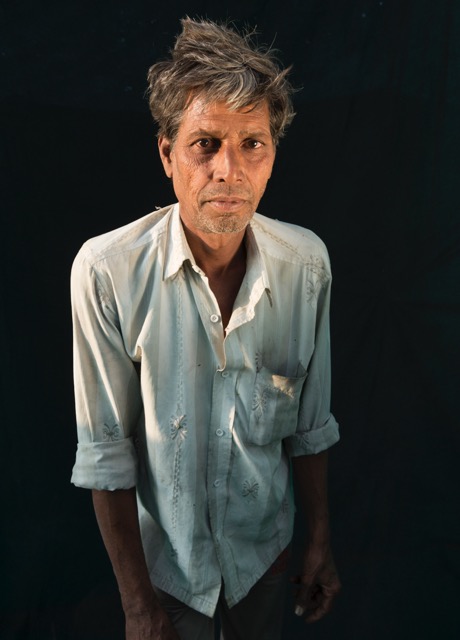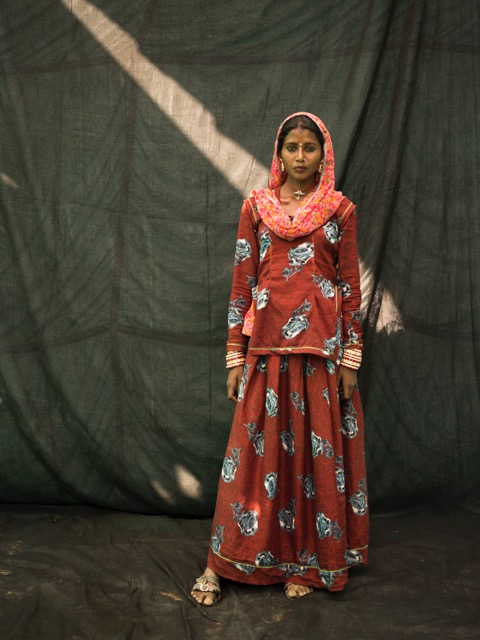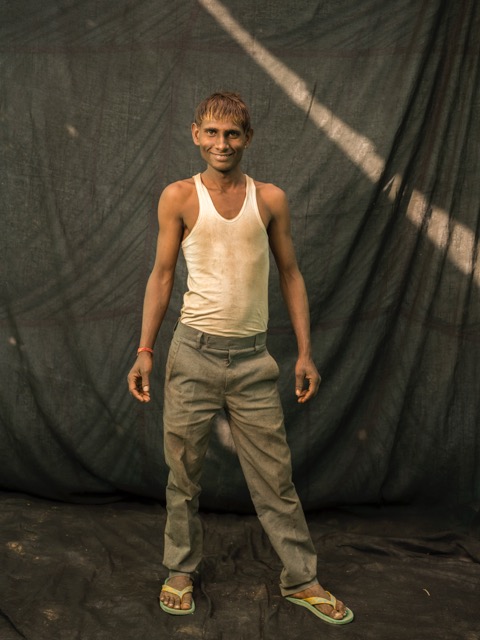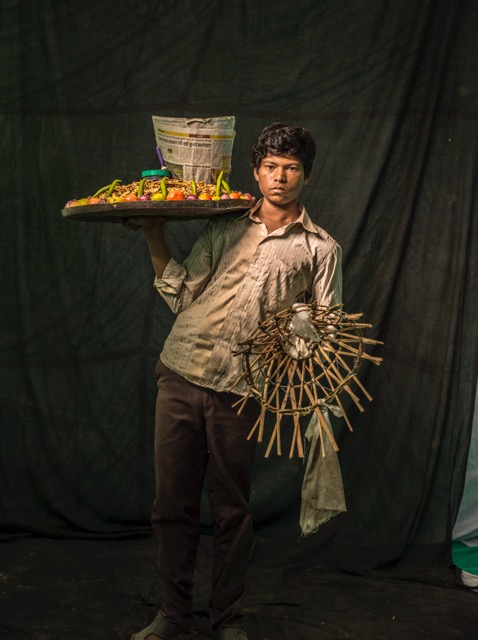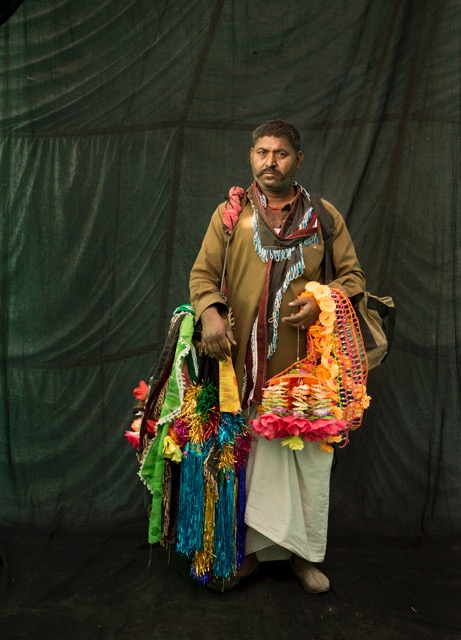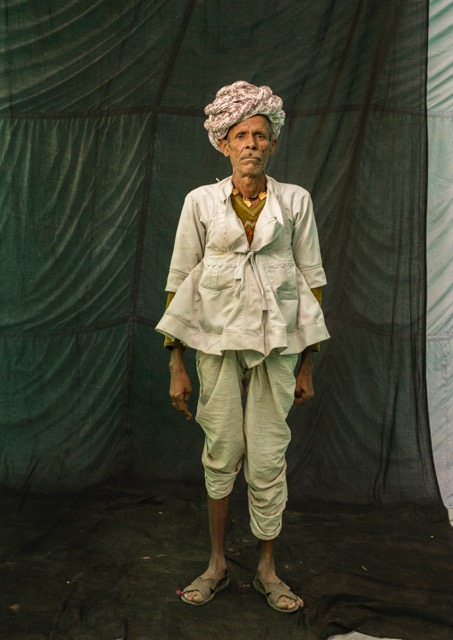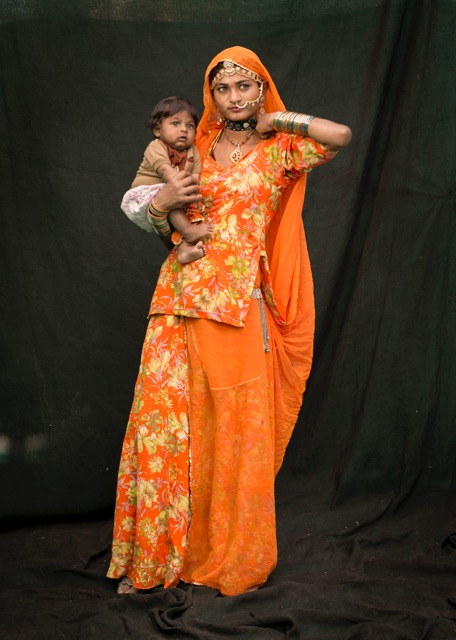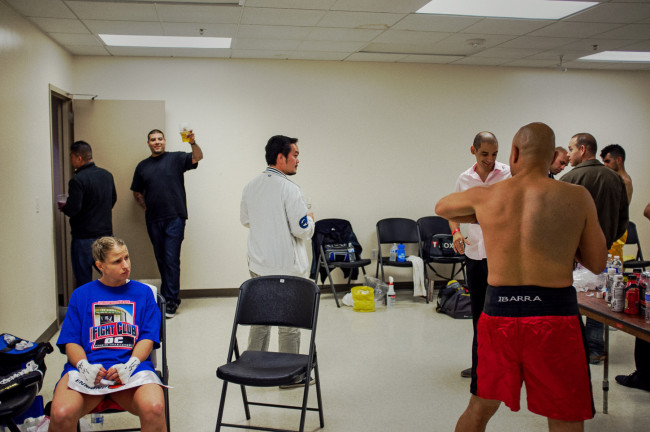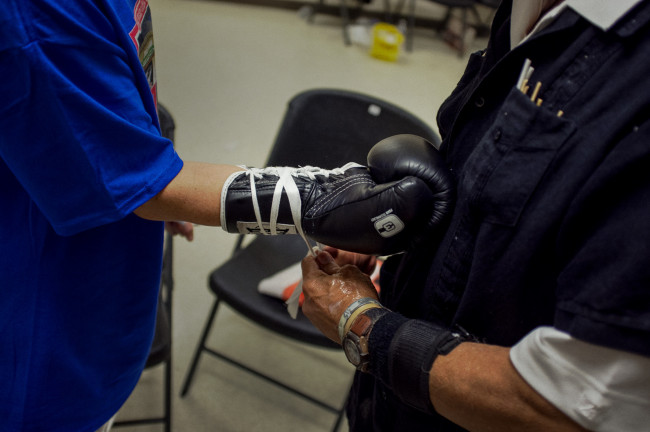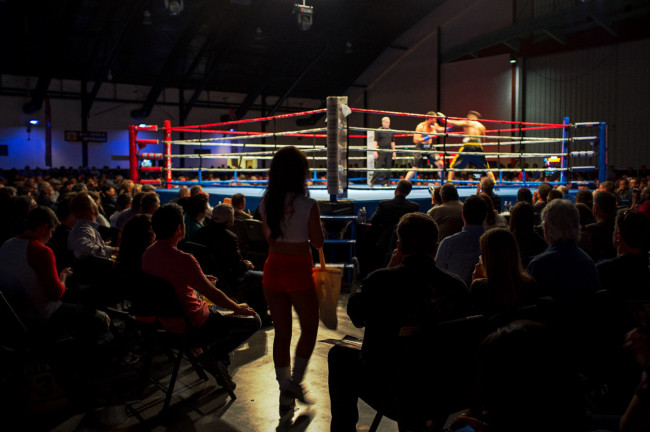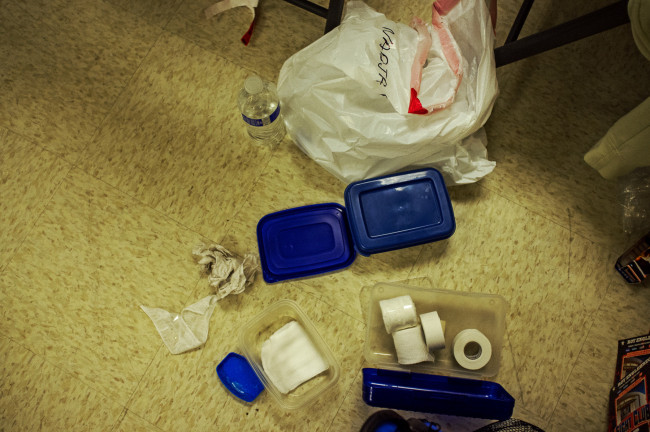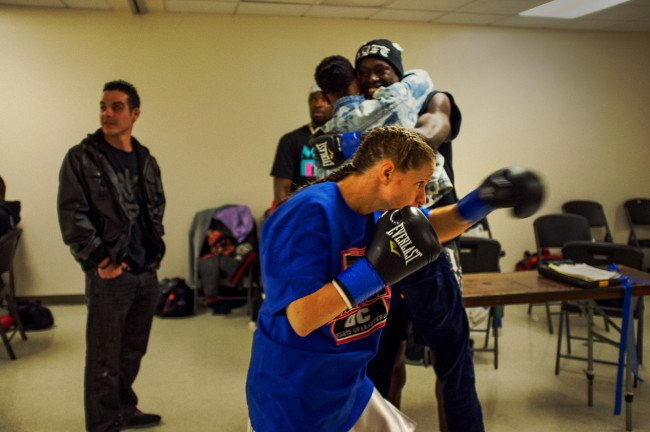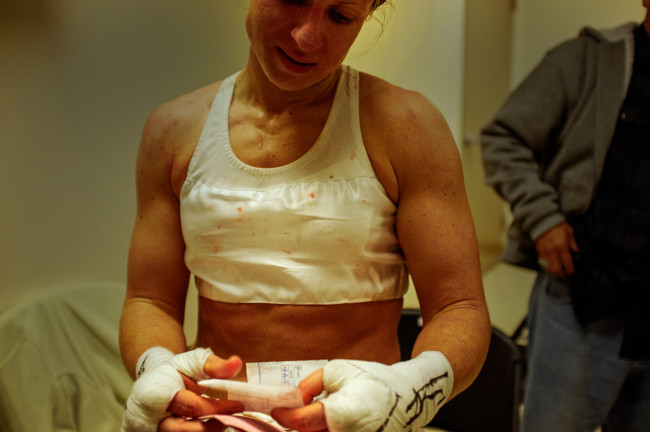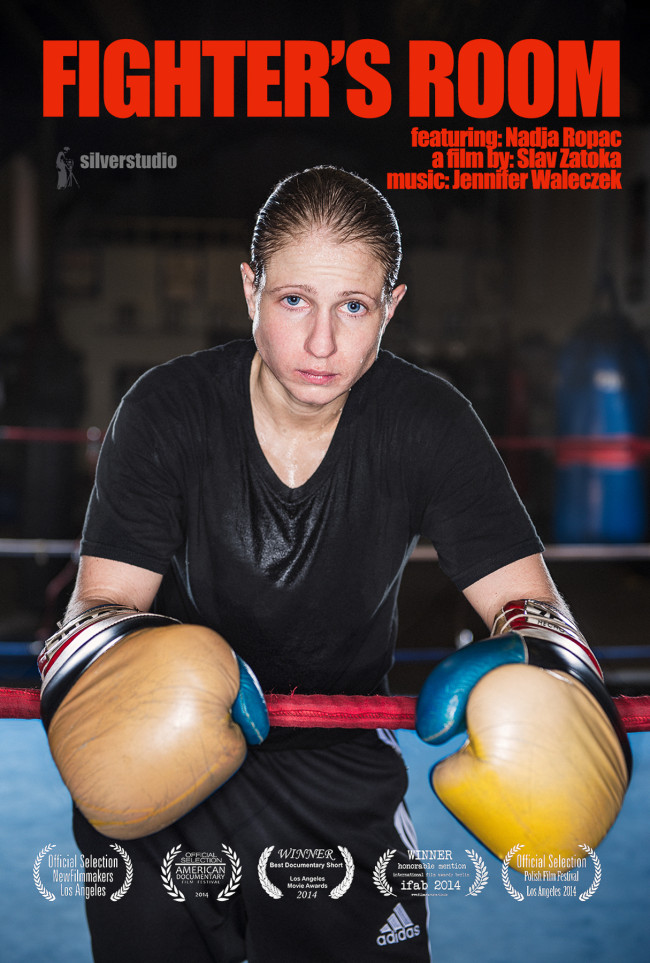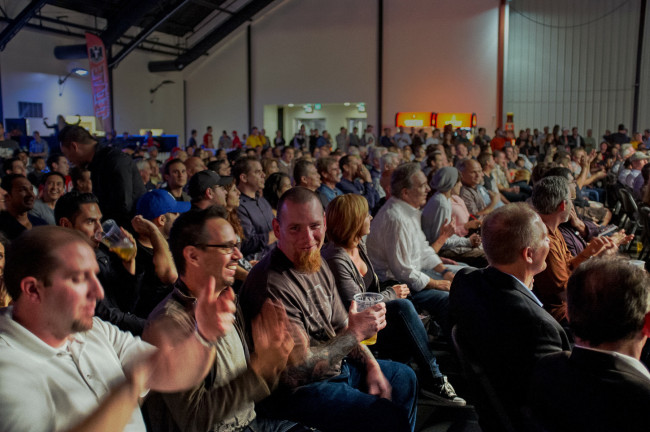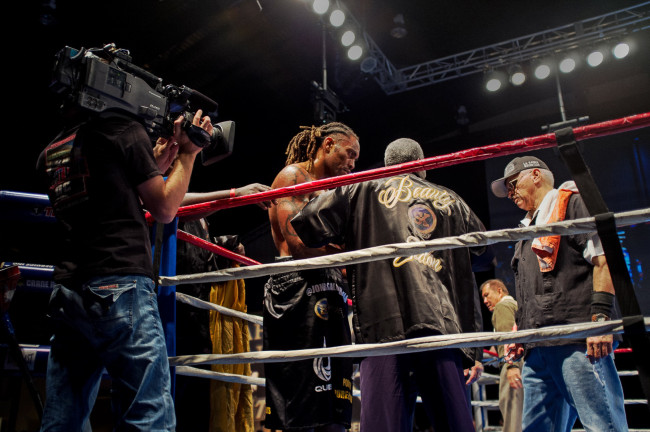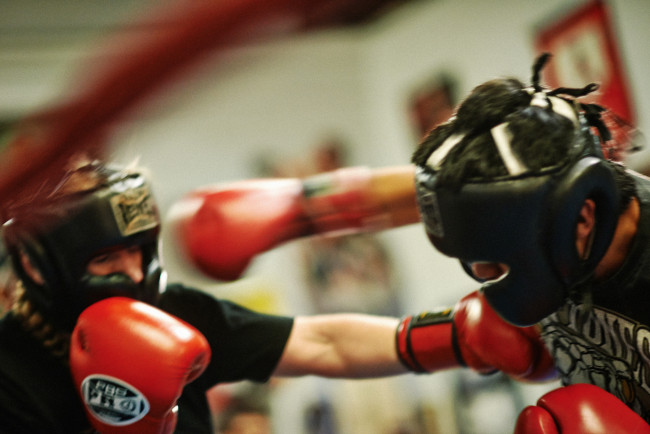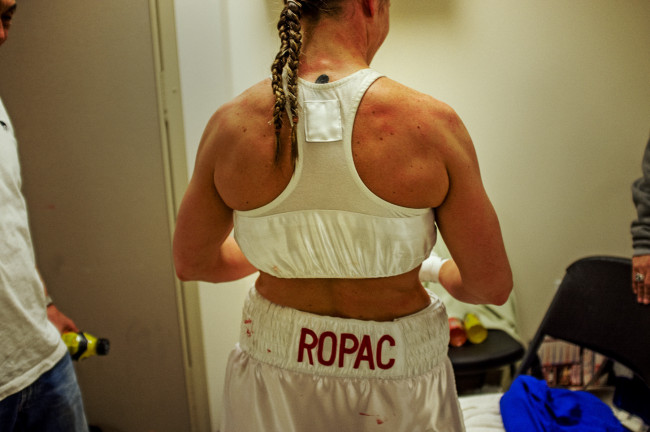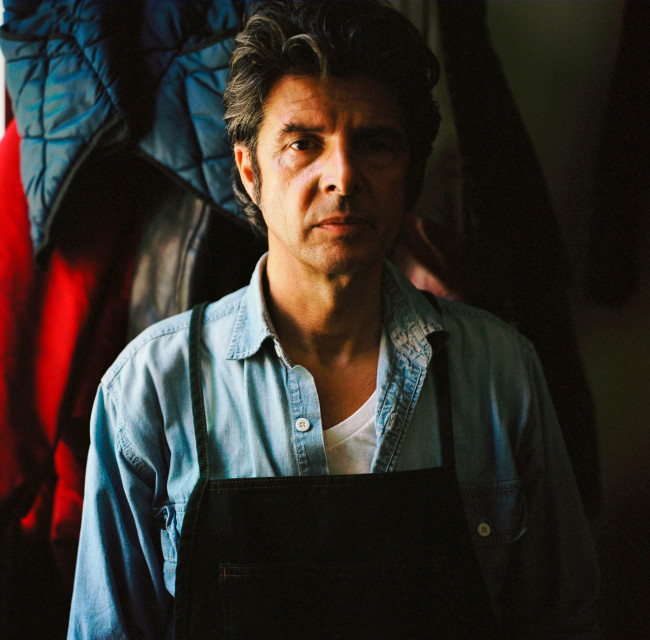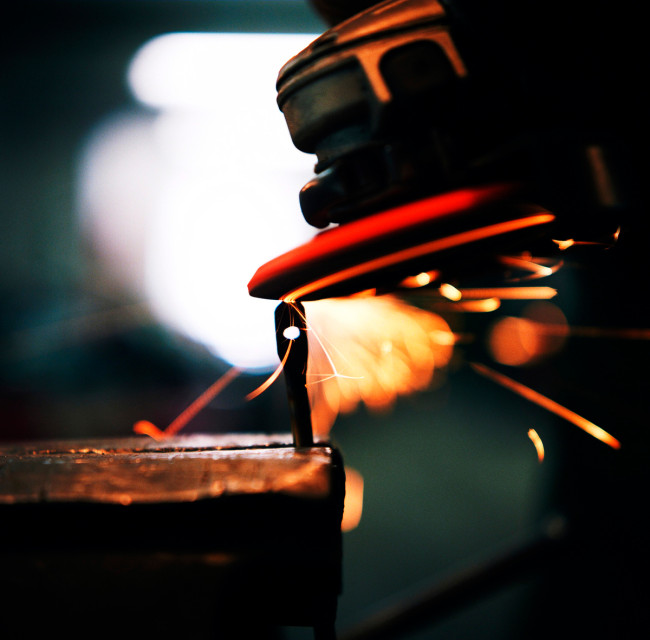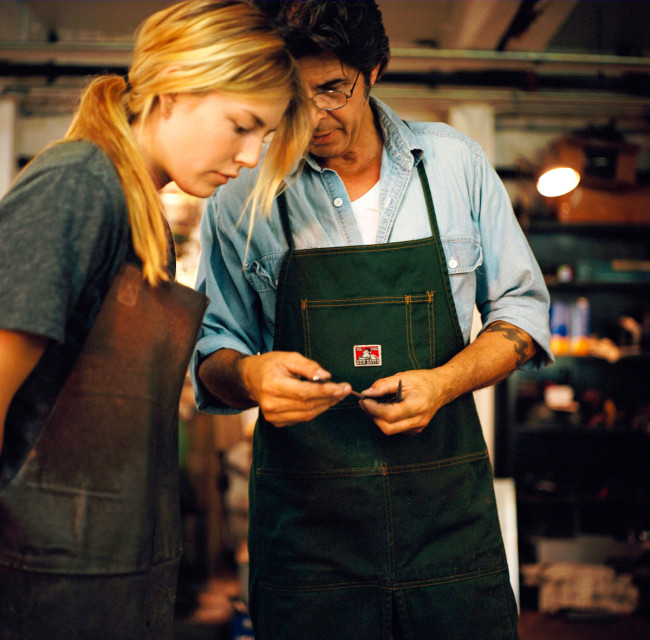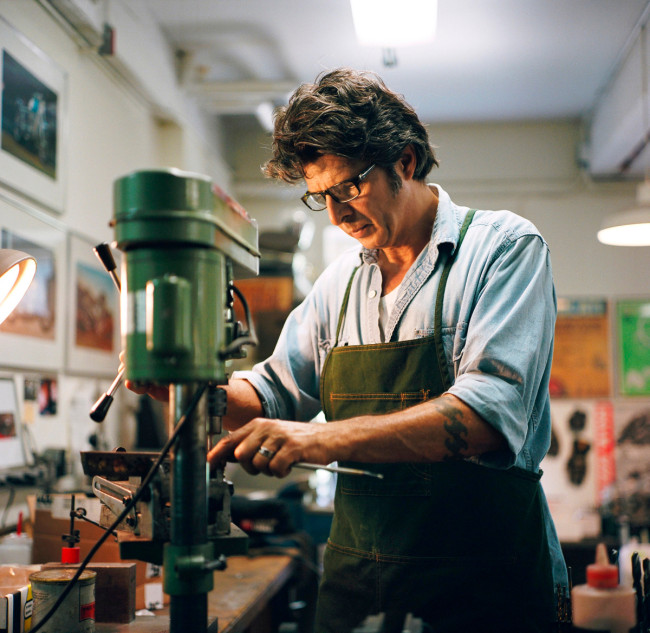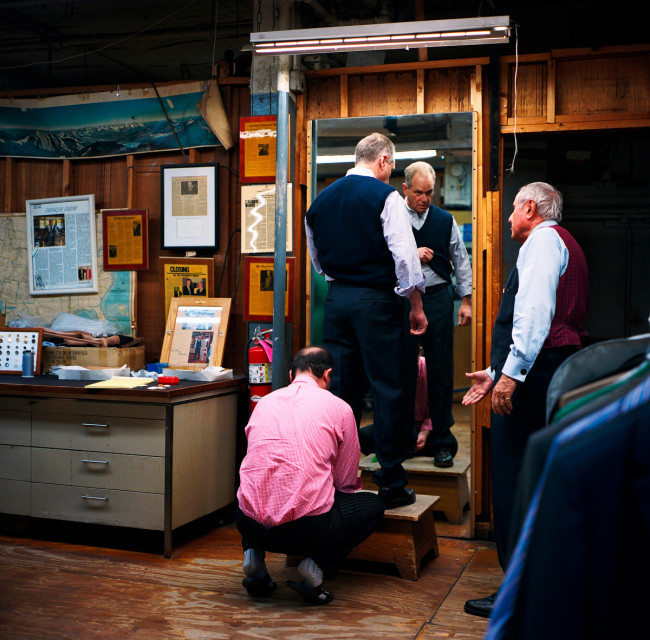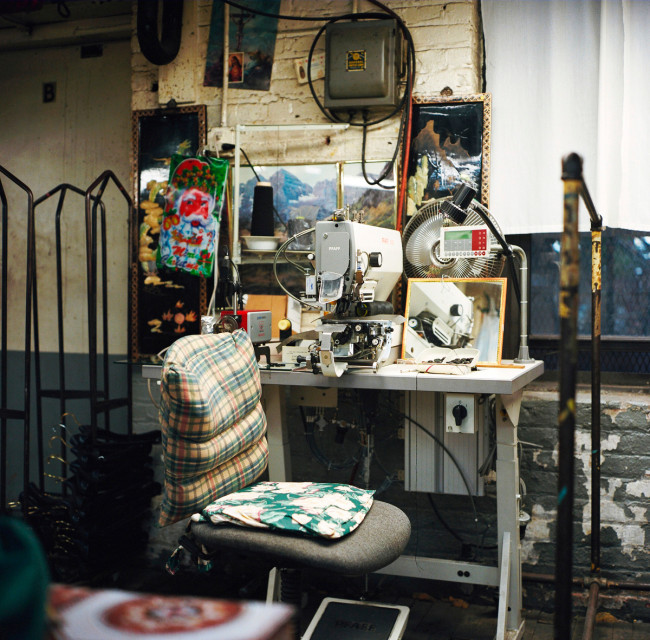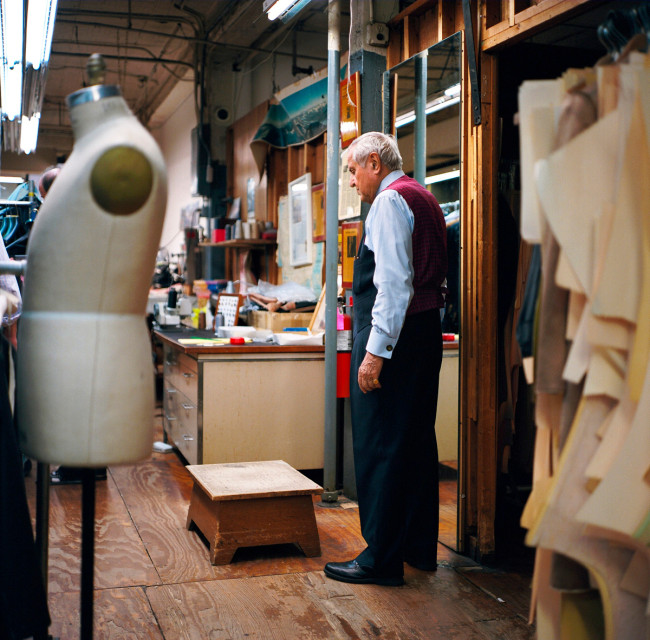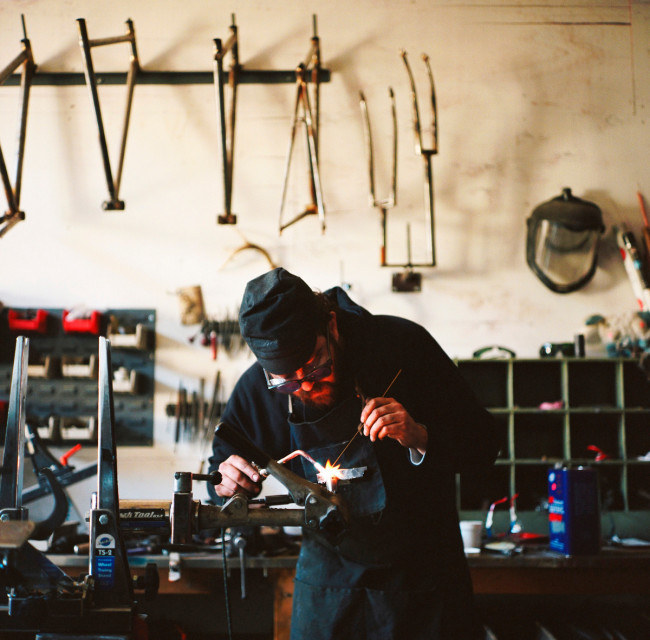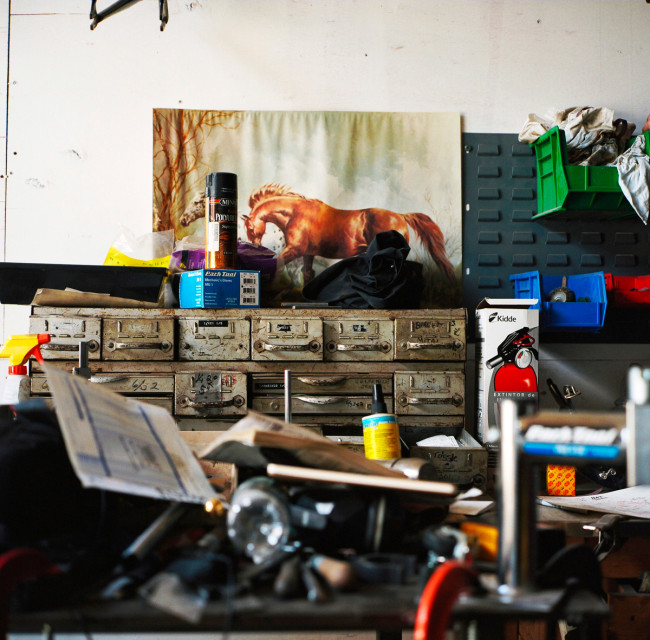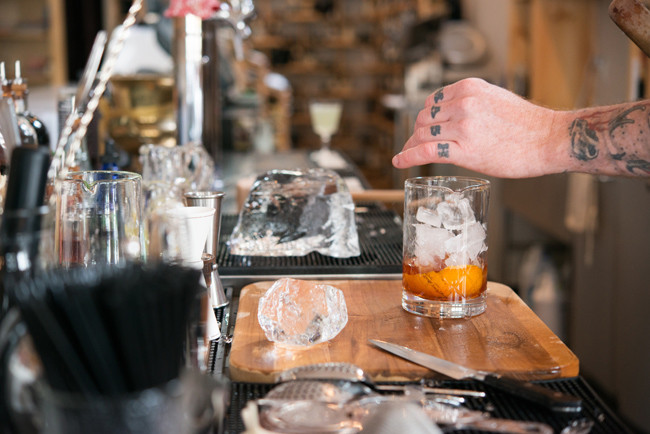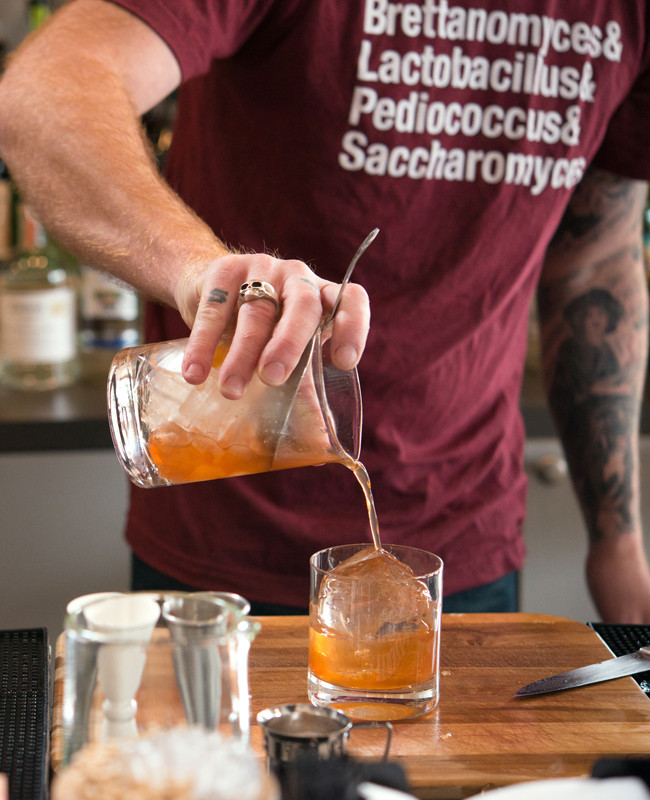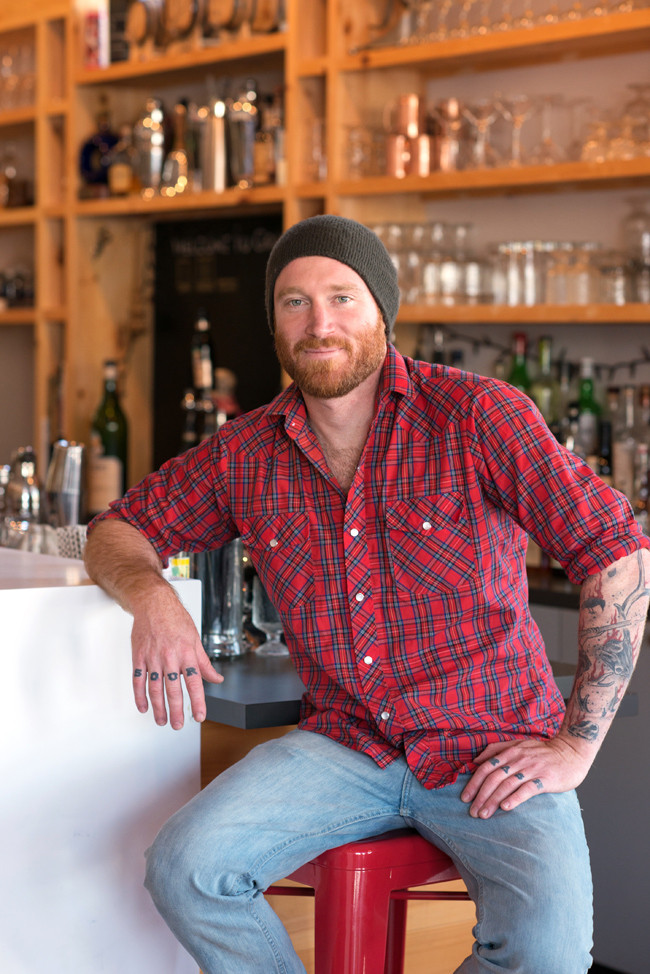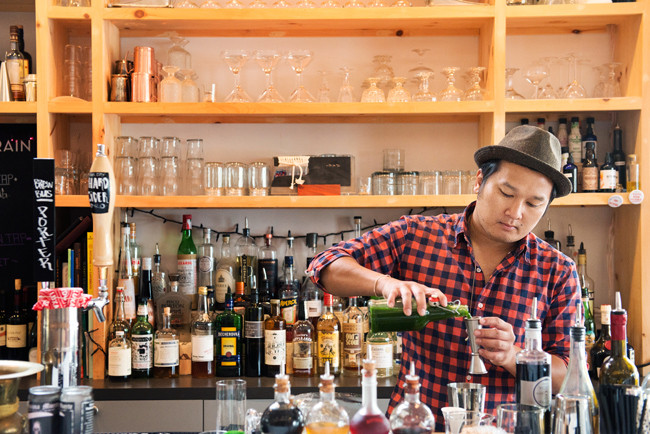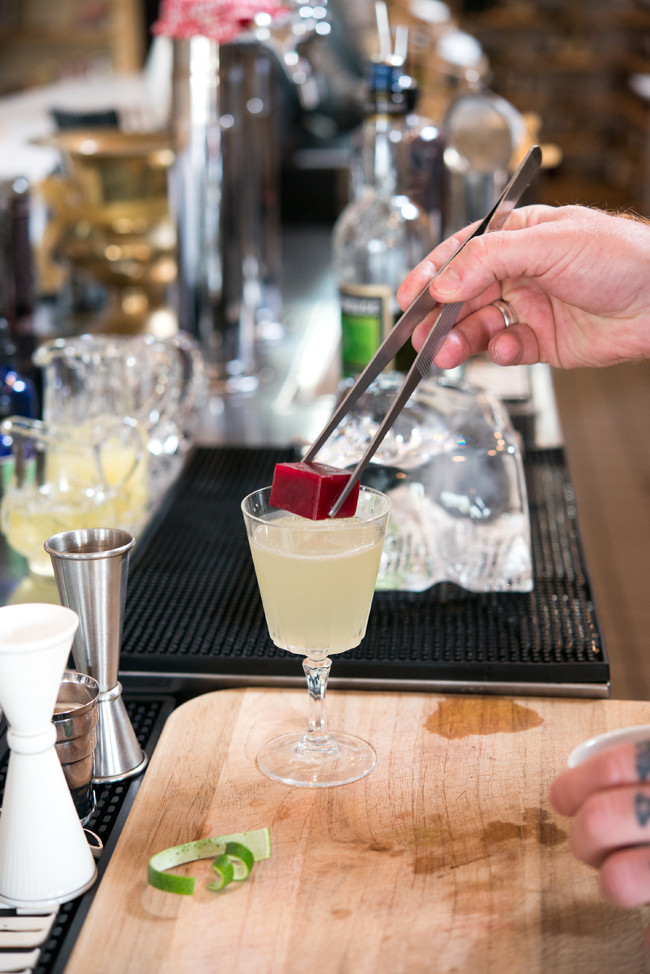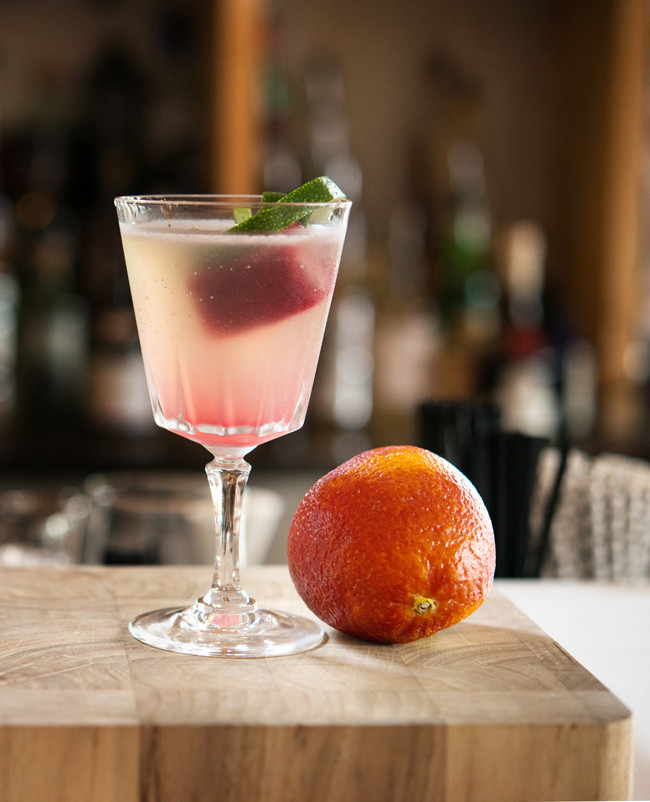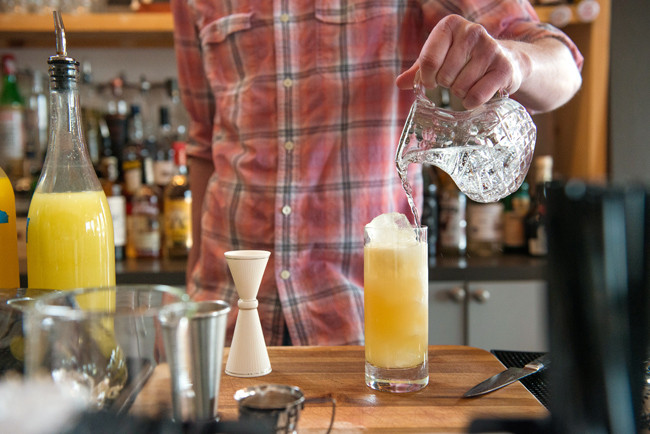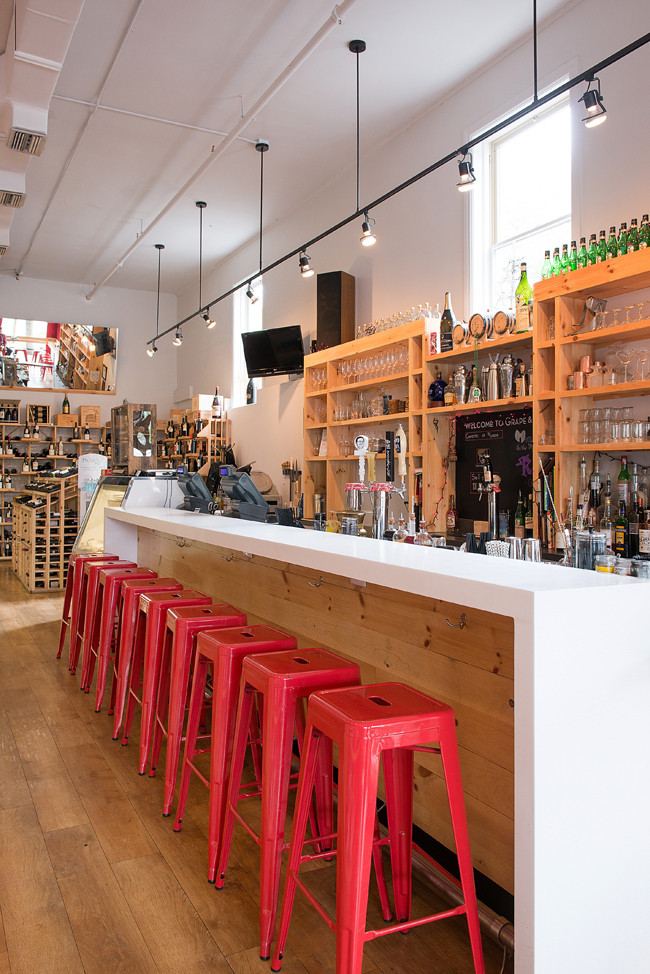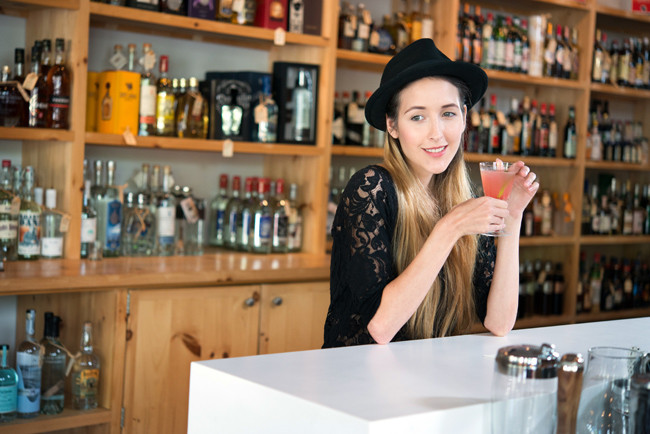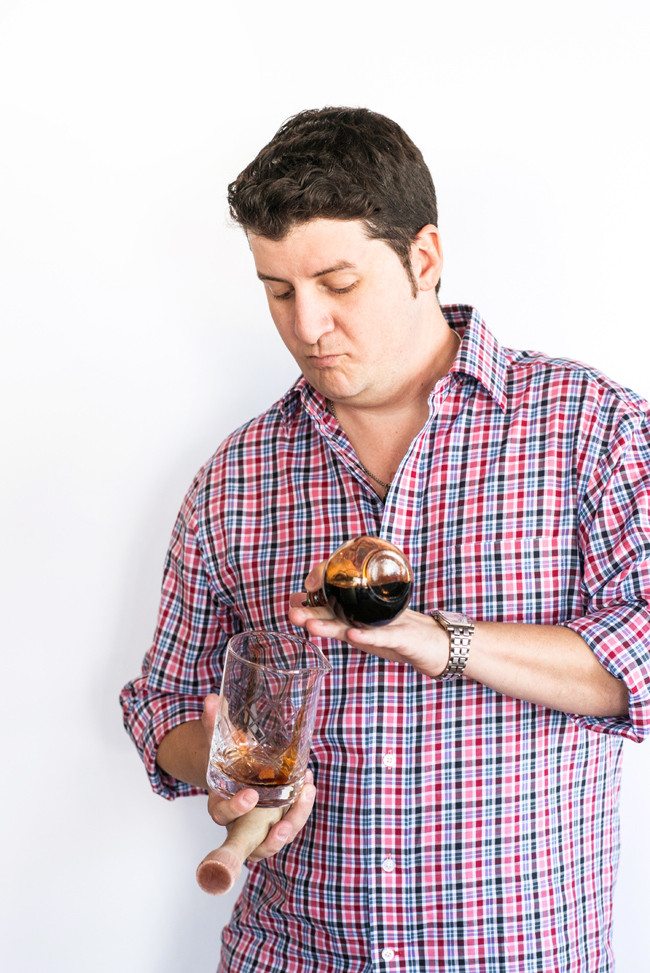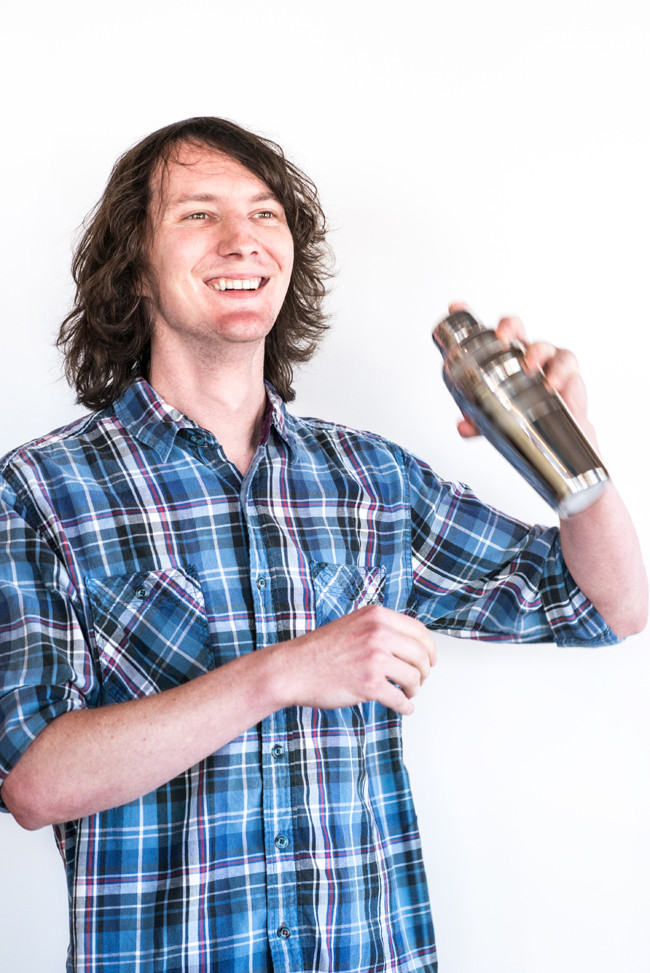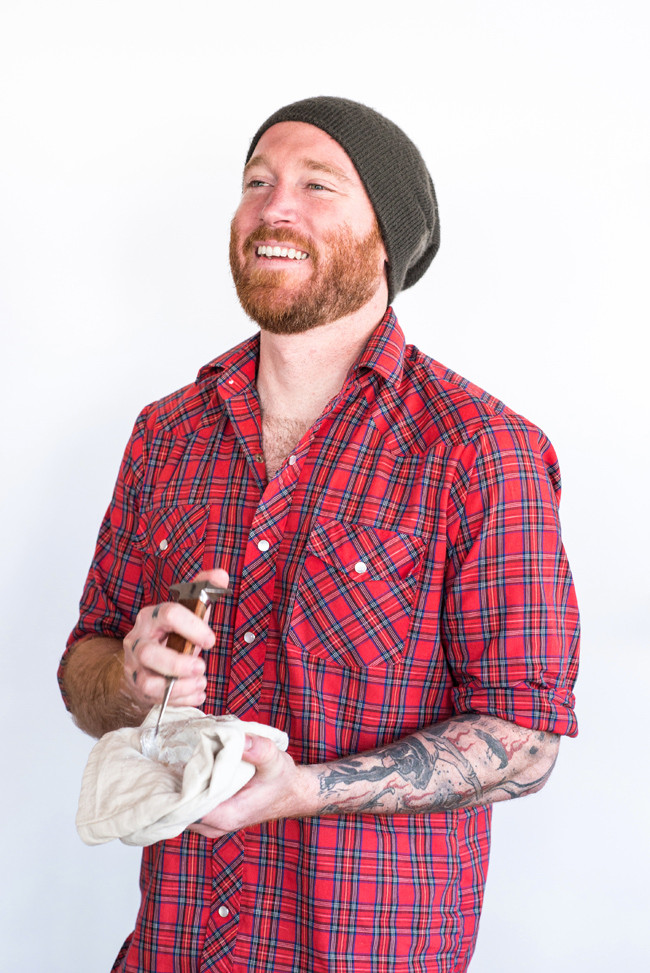As a former Art Producer, I have always been drawn to personal projects because they are the sole vision of the photographer and not an extension of an art director, photo editor, or graphic designer. This new column, “The Art of the Personal Project” will feature the personal projects of photographers using the Yodelist marketing database. You can read their blog at http://yodelist.wordpress.com. Projects are discovered online and submissions are not accepted.
Today’s featured photographer is: John Davis
How long have you been shooting?
About 15 years.
Are you self-taught or photography school taught?
I studied Photography at The Maryland Institute, College of Art (MICA).
With this particular project, what was your inspiration to shoot it?
The unique concentration of artists and creatives that call Baltimore home is the main inspiration. More specifically, the Treason Toting Company project, part of a larger project collaboration called SCOUT (see Artist Statement), was inspired by the guys at Treason and their commitment to quality, style and the creative class of Baltimore. Jason Bass and Aaron Jones truly embody the qualities of the bags they make.
How many years have you been shooting this project before you decided to present it?
This particular project was shot over the course of about one month. I didn’t have a plan for the work before it began so it’s been shown in a few different places: framed prints exhibited at local craft brewing space, a traditional portfolio book and as part of a brand video created by my friends and collaborators at ShineCreative.tv.
How long do you spend on a personal project before deciding if it is working?
It depends on the subject, but I usually know pretty quickly if it’s working. I like to give it some time to breathe, so I’m usually not too concerned with how long I spend on something. Sometimes I’ll lose interest in a project and move on but I might also come back to it later… possibly years later. A personal project that doesn’t work out can still be a success if I’ve learned something from it.
Since shooting for your portfolio is different from personal work, how do you feel when the work is different?
By design, shooting for my portfolio is almost always different from my personal work. The goal of my personal work is to explore new directions for my commercial work. In the case of Treason Toting Company, the personal work was where I saw my commercial work moving so I knew I wanted it to be different and that was really the point of project.
Have you ever posted your personal work on social media venues such as Reddit, Tumblr, Instagram or Facebook?
I use a combination of Facebook, Twitter, Instagram and Tumblr. Social media is the perfect place to test and get feedback on new work, Personal and Commercial.
If so, has the work ever gone viral and possibly with great press?
I wouldn’t say anything has gone viral but it has definitely helped drive more people to my website. It’s also a great way to keep my name out there. Even though we’re all striving for it, I think “going viral” and “great press” can be overrated. It’s hard to argue with going viral but it’s really difficult to gauge great press. I’ve had great press and lots of attention from the right people but still not seen an uptick in jobs. It’s also possible that the rewards aren’t felt for a long time, or spread over years, and by then it’s really hard to say where it all started. I believe consistency in social media is most important for it to succeed. Unless you have a dedicated social media person, it’s really hard to keep on top of all of it.
Have you printed your personal projects for your marketing to reach potential clients?
I’d say about 50% of my marketing draws from personal projects. Combining personal and commercial images in marketing can create just the right amount of tension to give things a fresh look. My clients really enjoy seeing my personal vision, especially when juxtaposed with commissioned work. It has also helped some of my clients find new ways of using me.
Just recently, The Treason Toting Co. project caught the attention of a long time Higher Education client of mine and led to them hiring me to shoot a project for Stanford University in Palo Alto, Ca.
——————
John is a photographer based in the Baltimore, Maryland. He specializes in telling stories with images for a wide range of clients, from higher education and advertising to national editorial publications. On his “off” days he keeps busy by training for his next Marathon and photographing his fellow athletes.
You can see more of John’s work here:
http://www.jdph.com
Contact: john@jdph.com
The Treason Toting Company project is the first project in a series collaboration with my friends and colleagues at ShineCreative.tv. The project is called SCOUT and is an exploration of the creative path and those driven to pursue it. Treason was an opportunity for me to experiment with a style of shooting that I had previously only applied to my Education Lifestyle work. By expanding my vision and being free to tell the story as it unfolded, I could take a more intimate perspective, observing in a way that allowed the essence of Treason to come to the surface and tell a true story with images.
APE contributor Suzanne Sease currently works as a consultant for photographers and illustrators around the world. She has been involved in the photography and illustration industry since the mid 80s, after establishing the art buying department at The Martin Agency then working for Kaplan-Thaler, Capital One, Best Buy and numerous smaller agencies and companies. She has a new Twitter feed with helpful marketing information believing that marketing should be driven by a brand and not specialty. Follow her on twitter at SuzanneSease.

